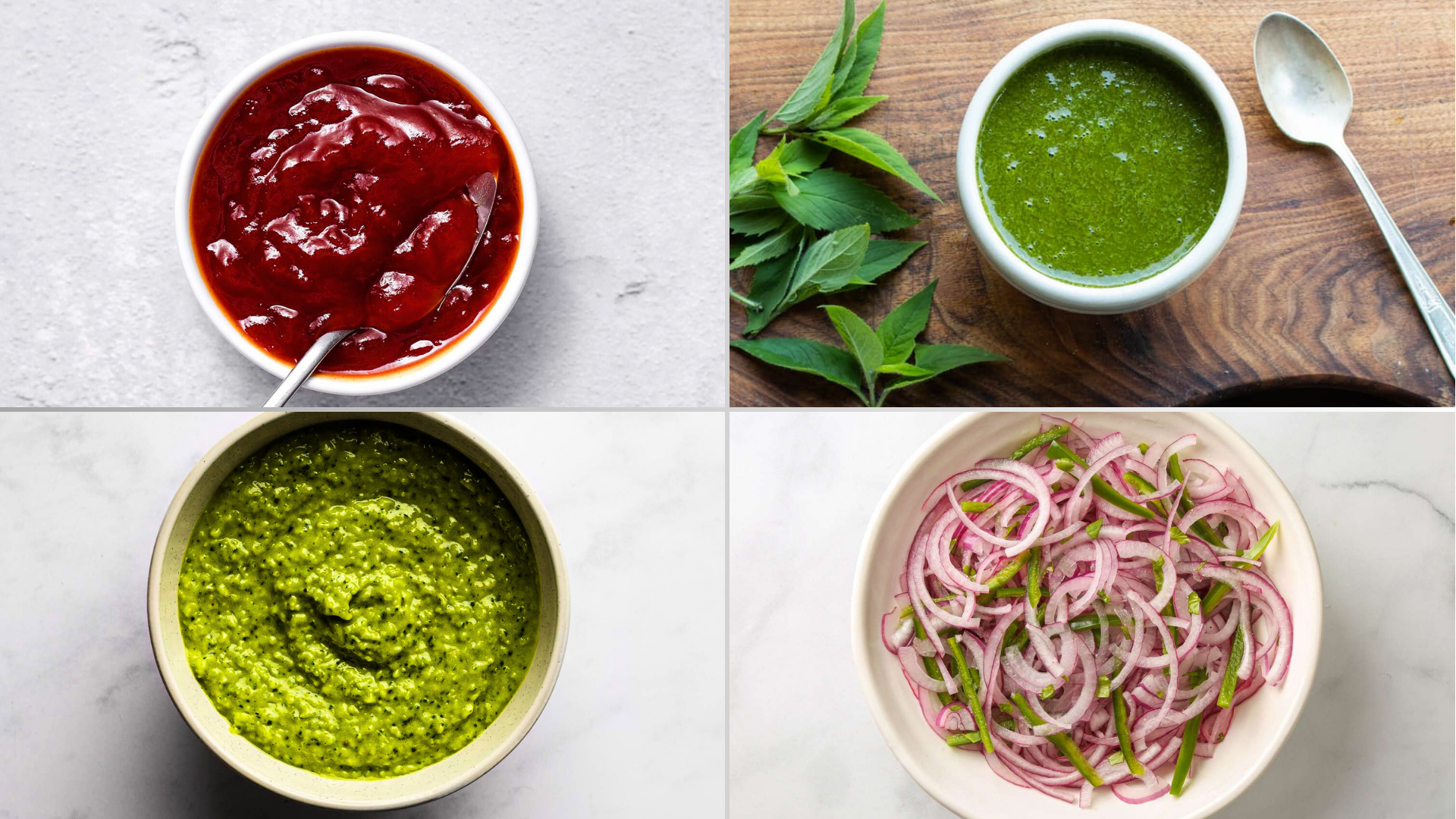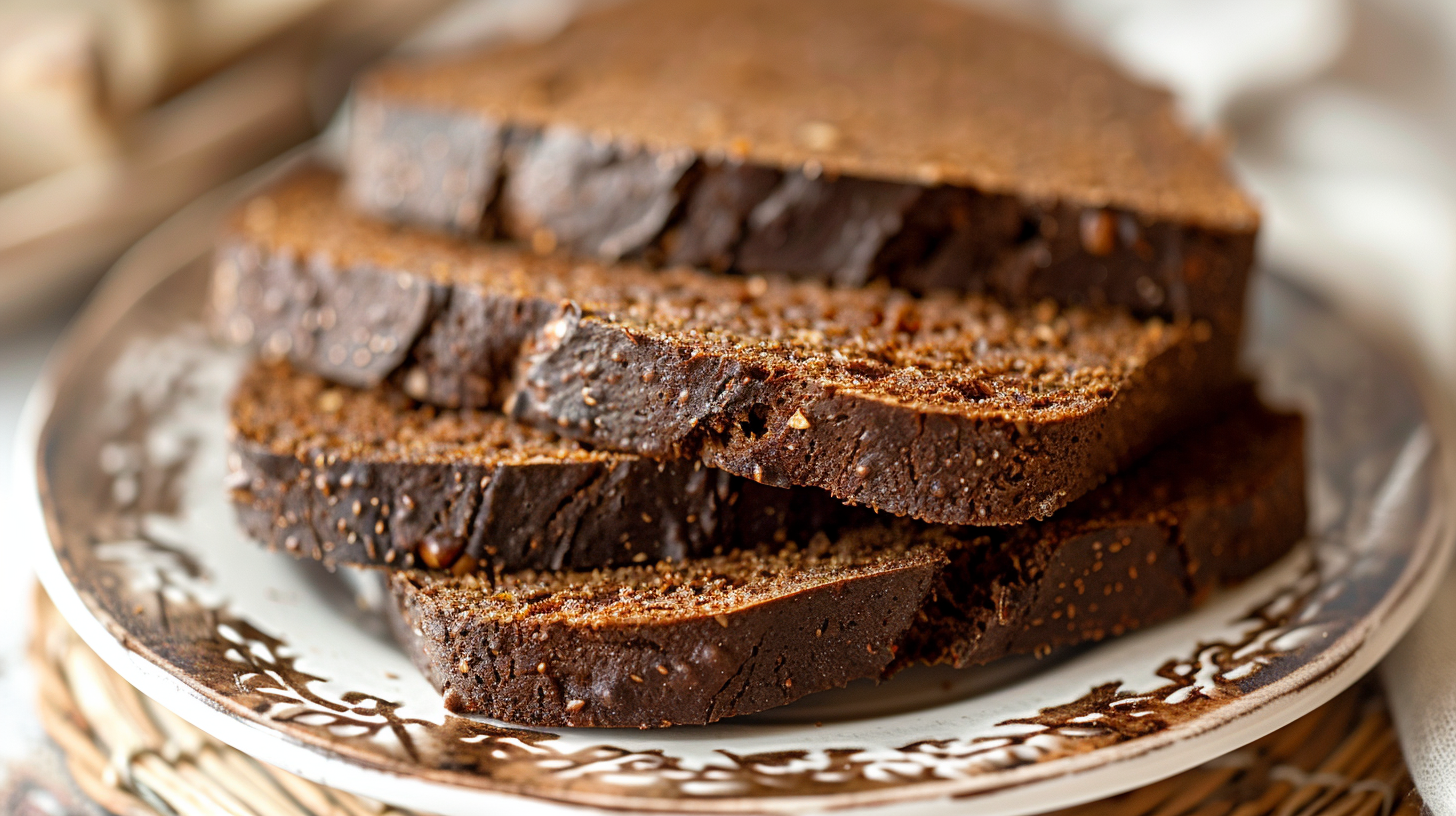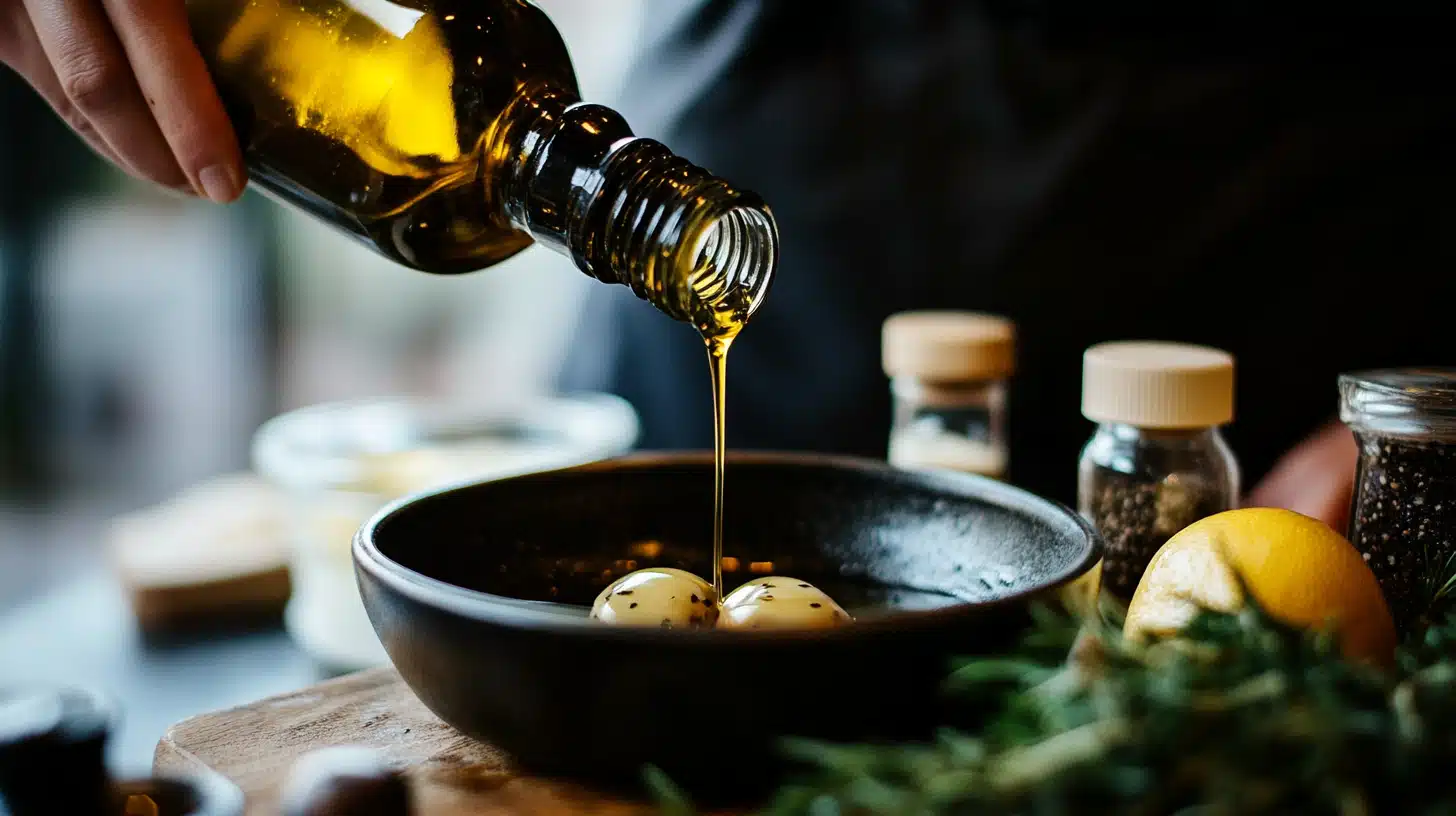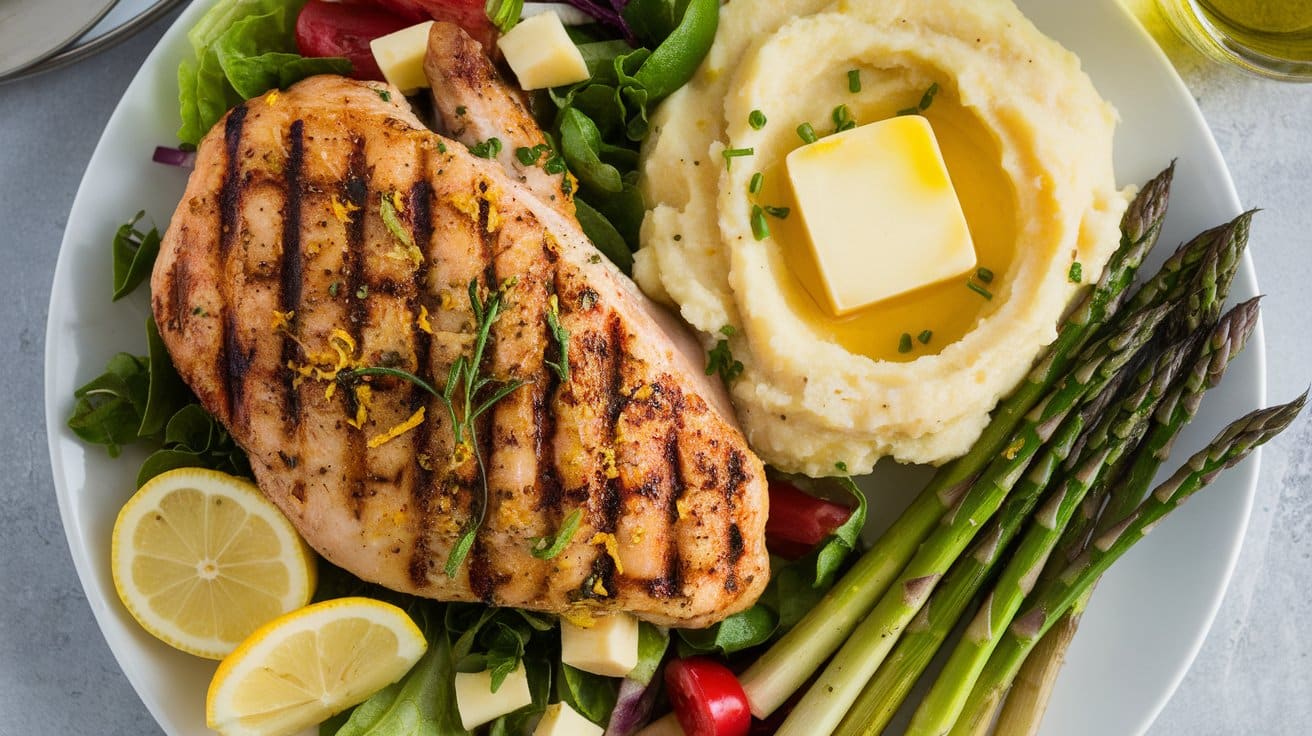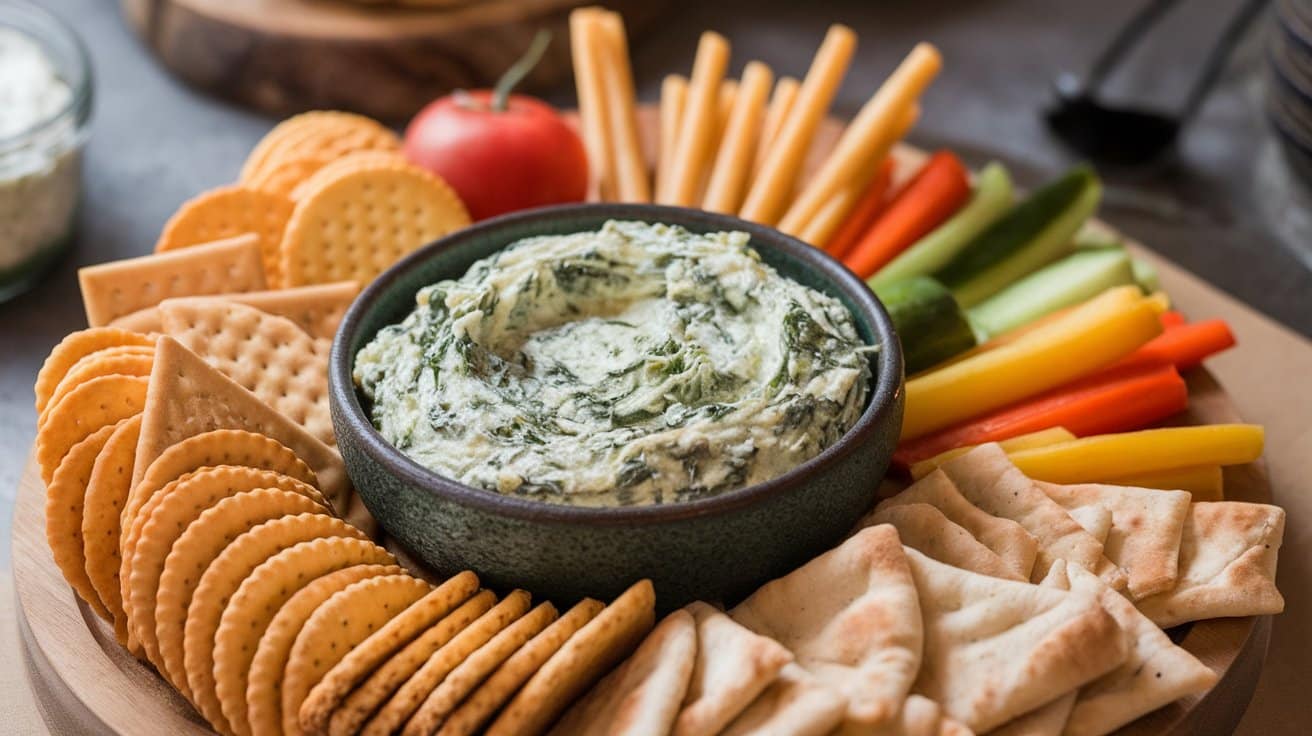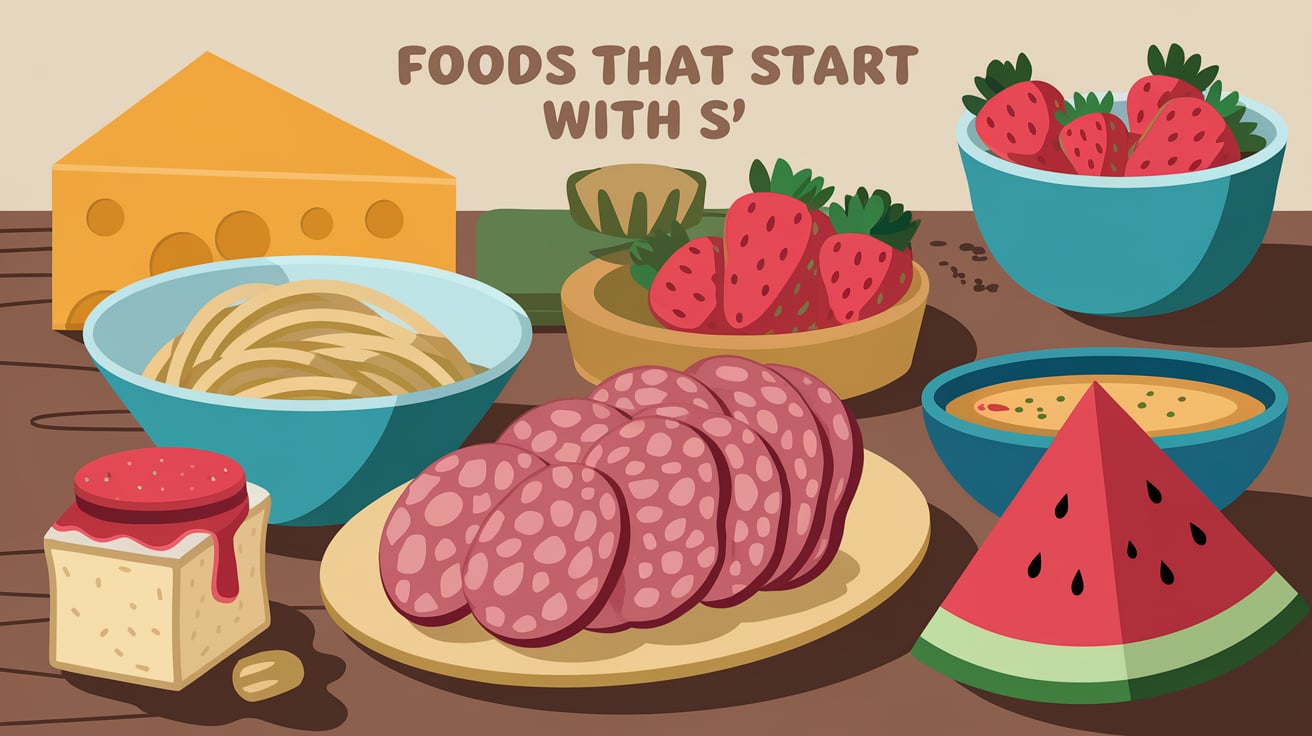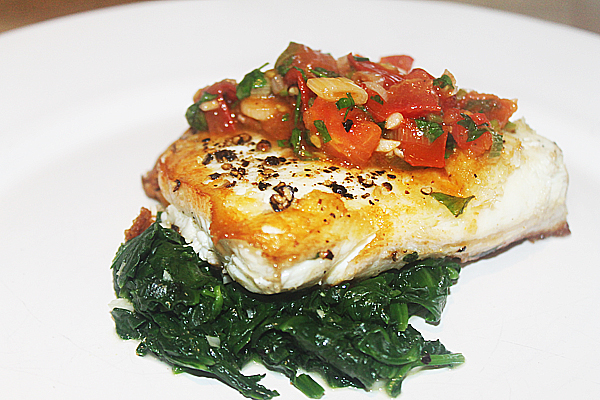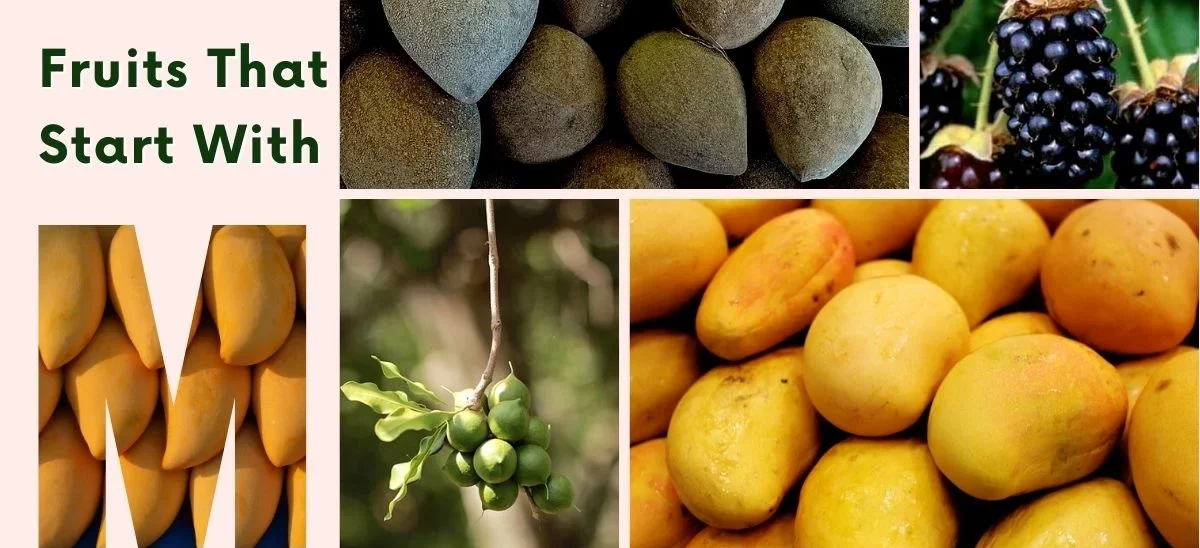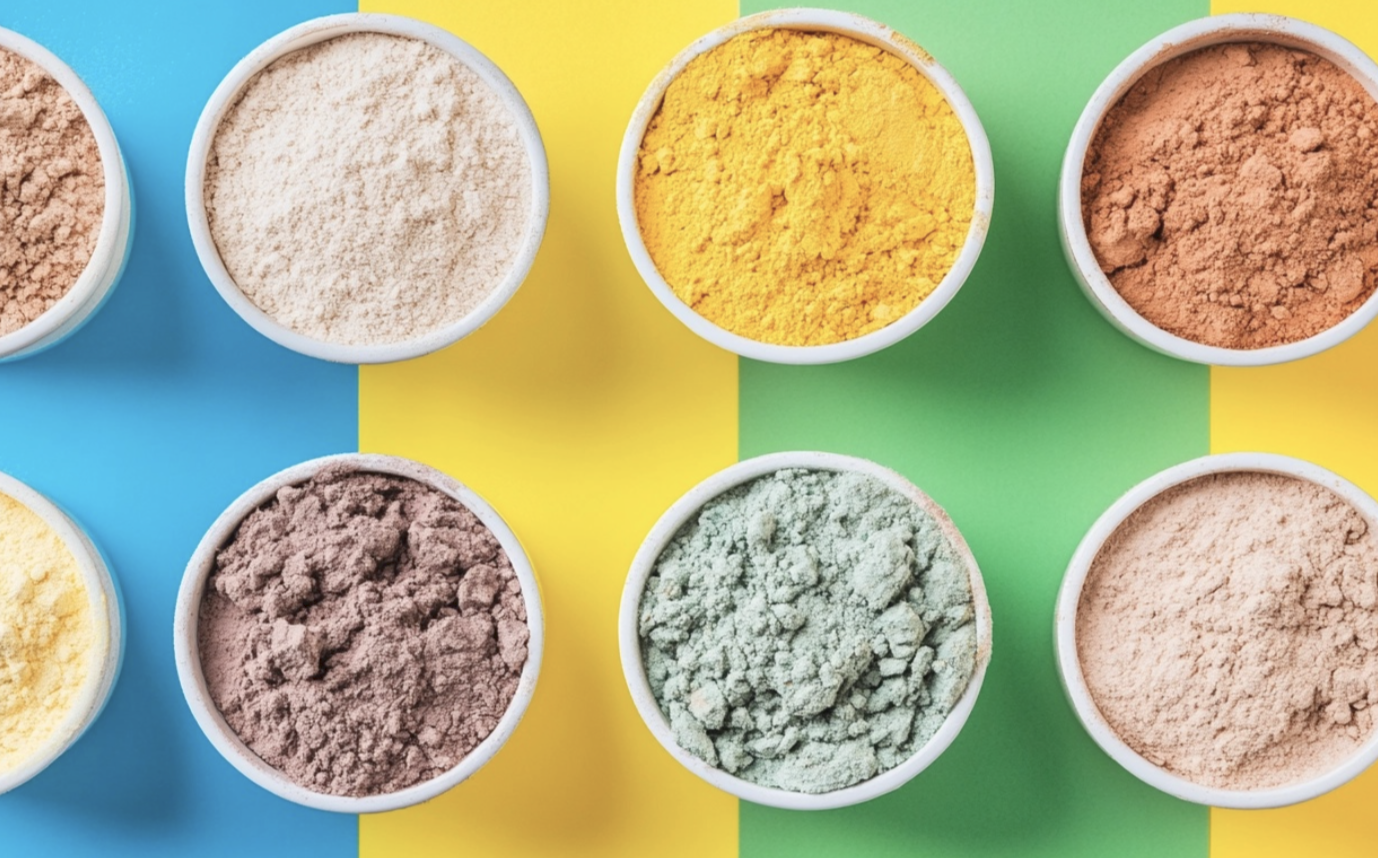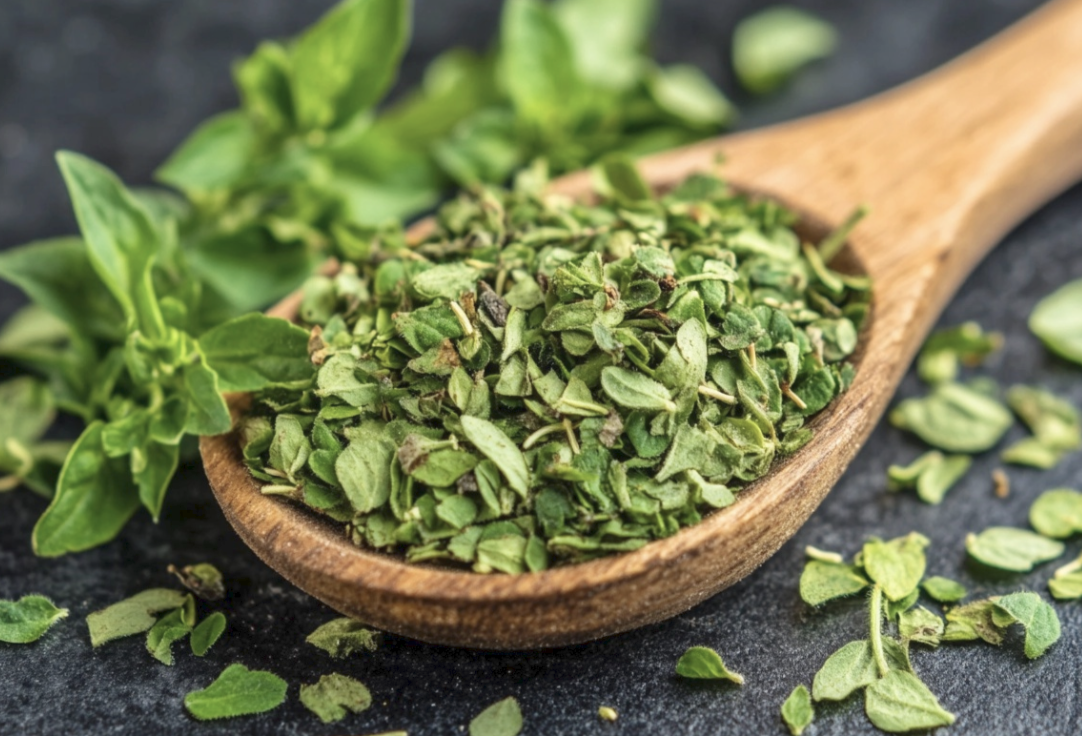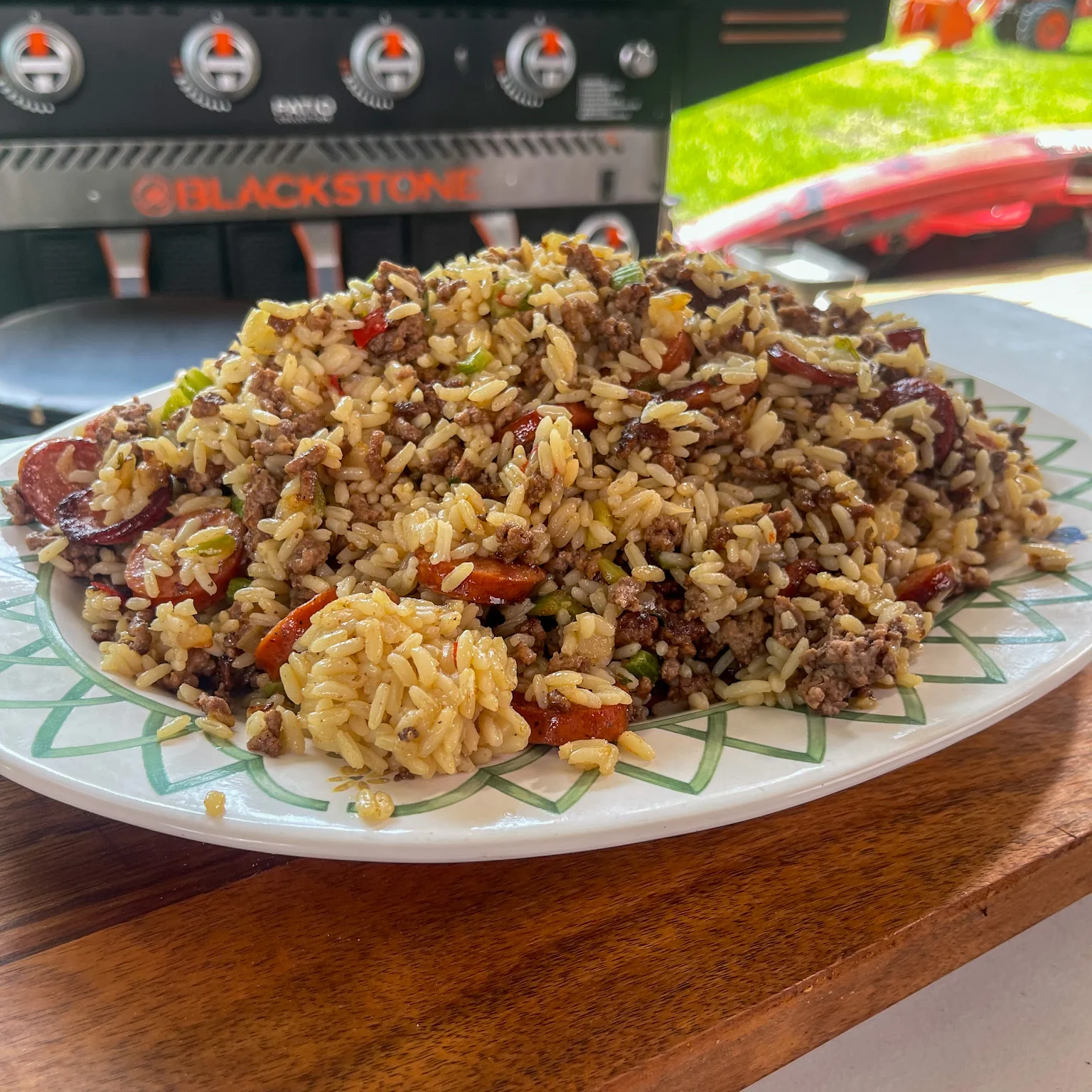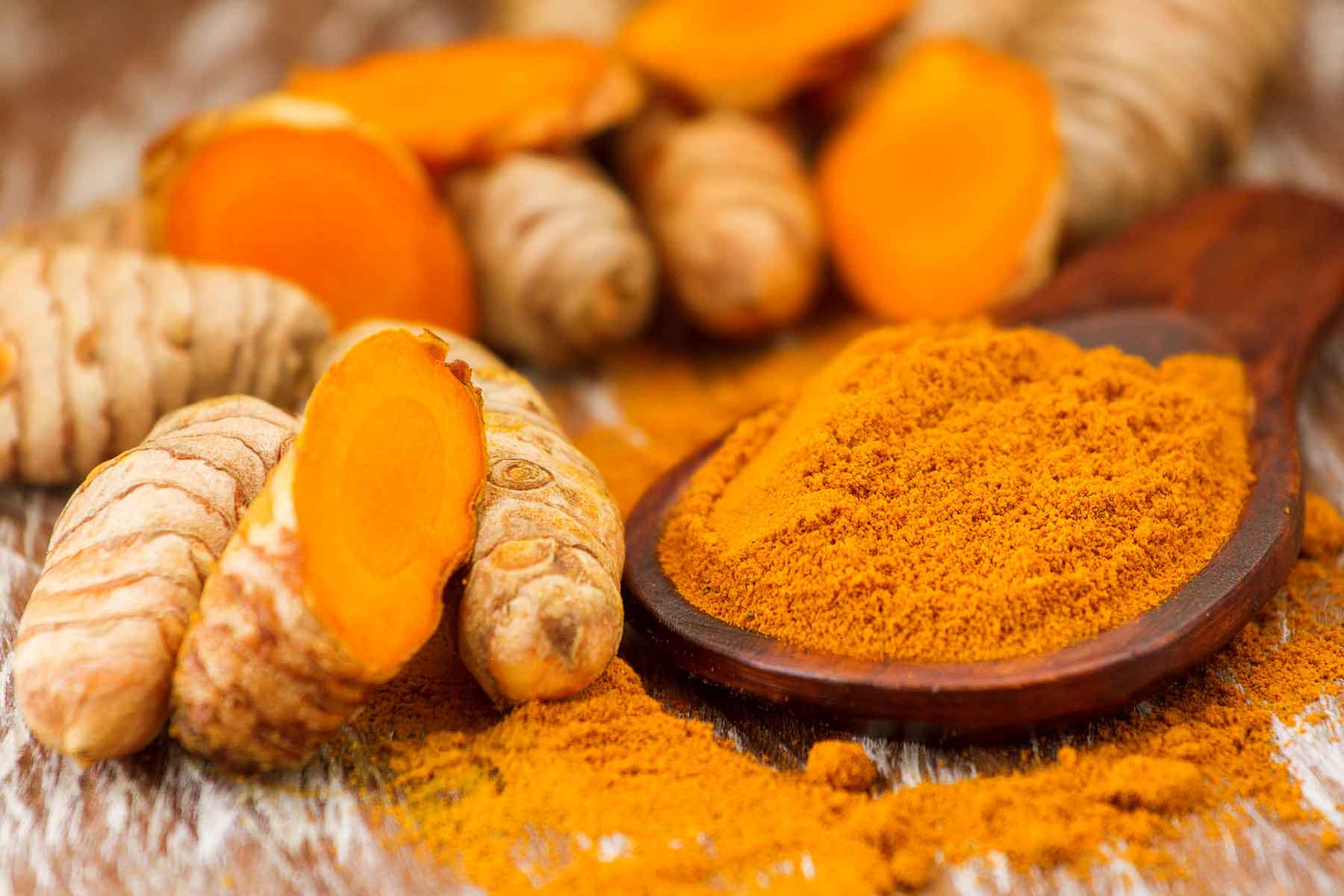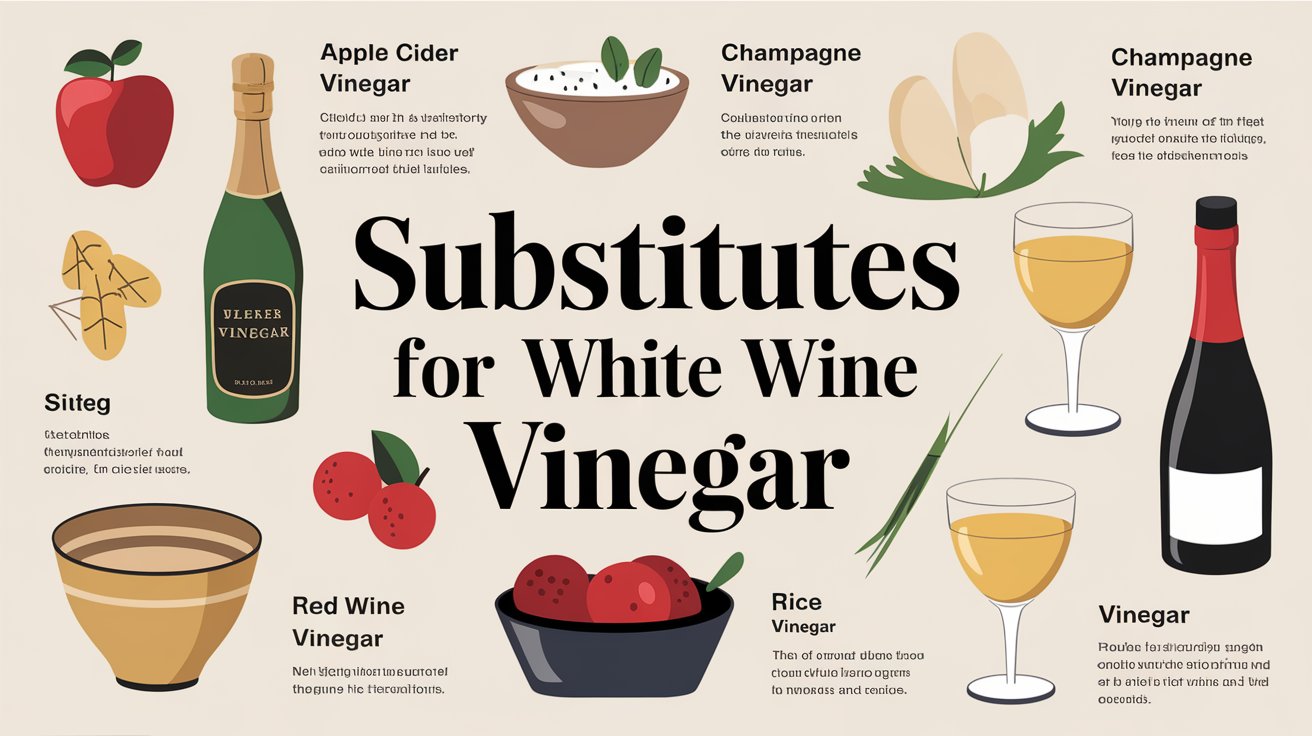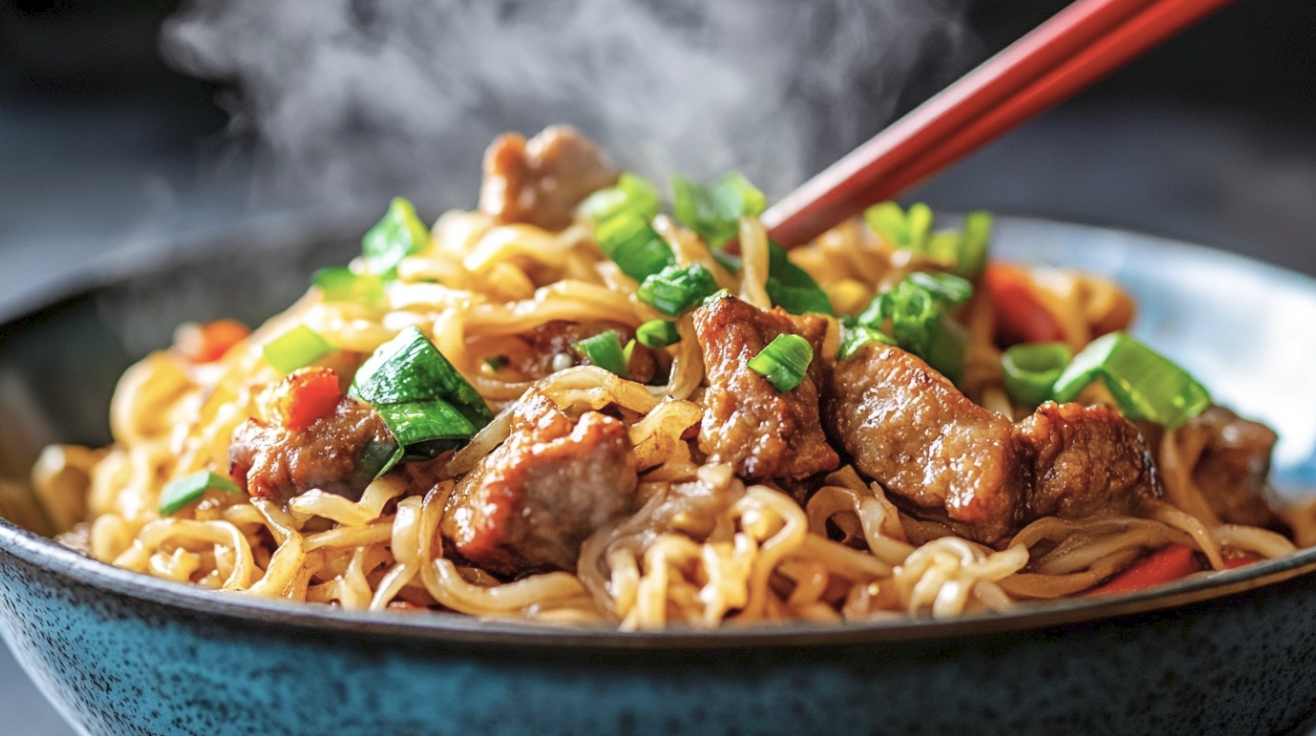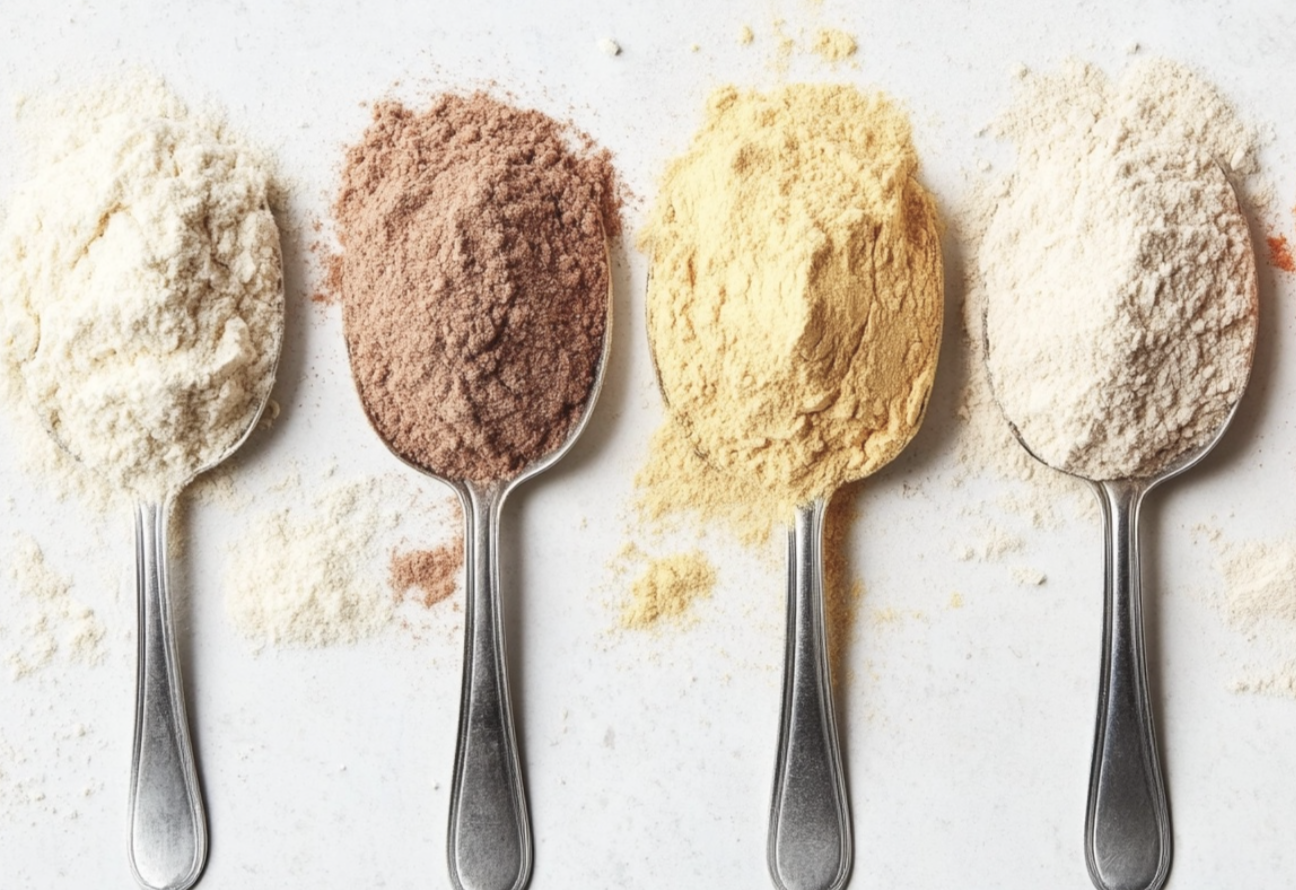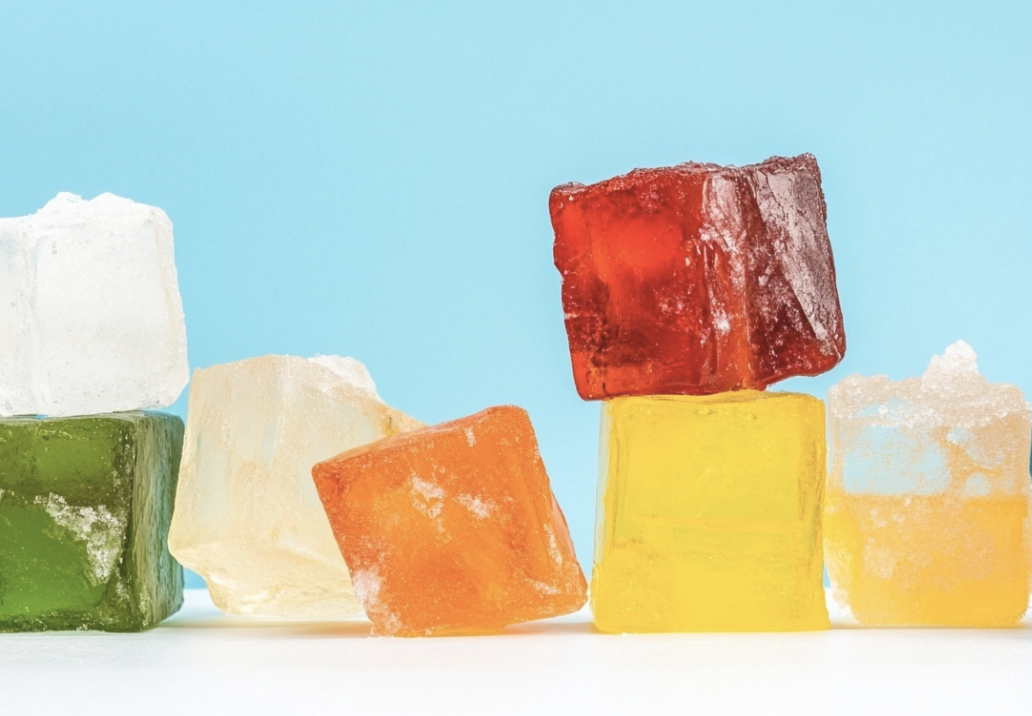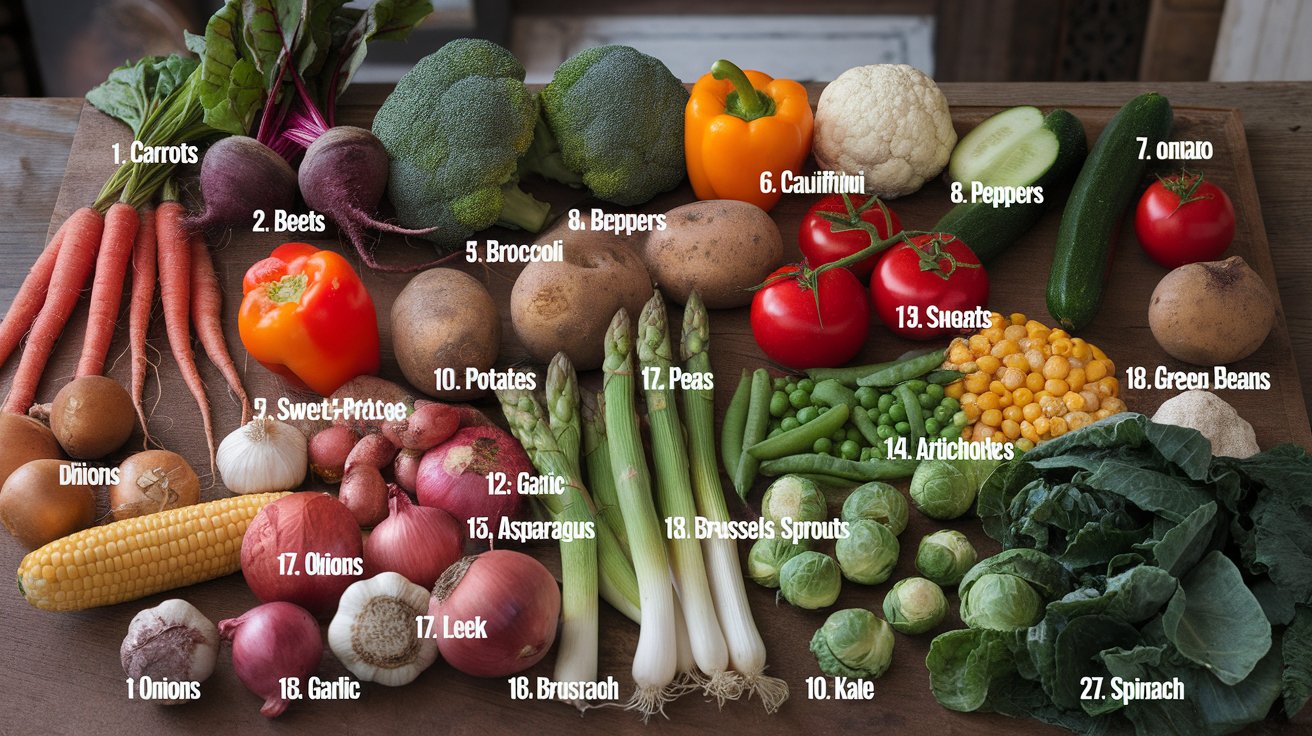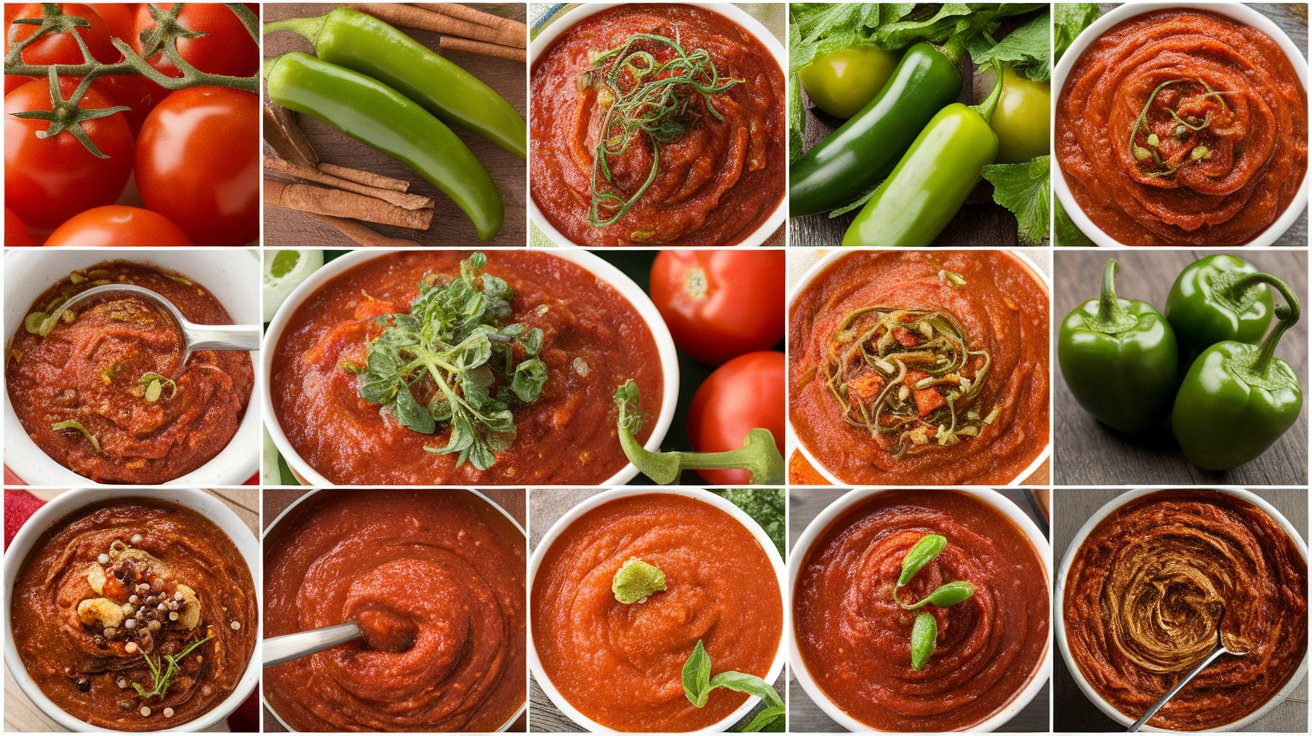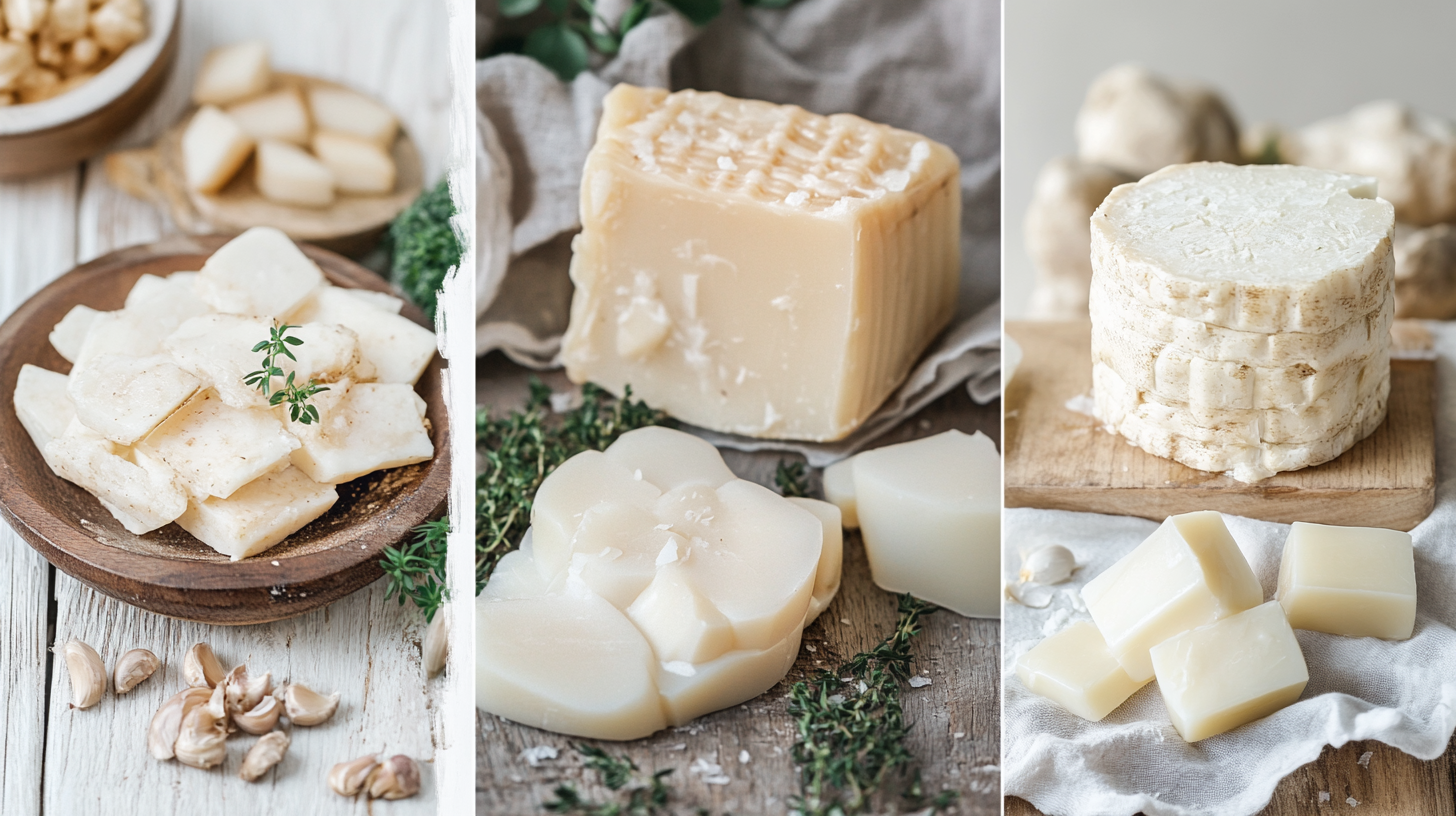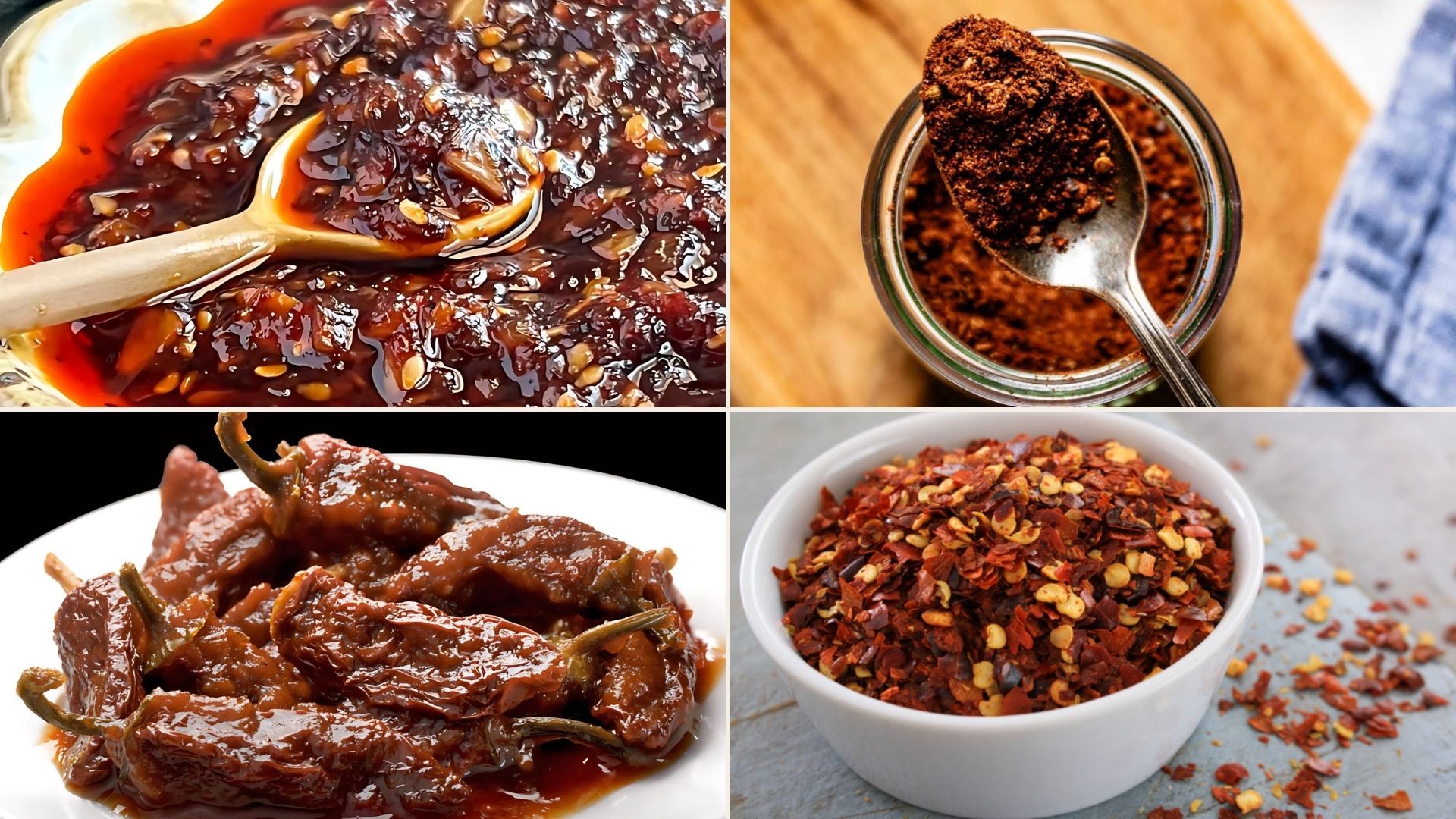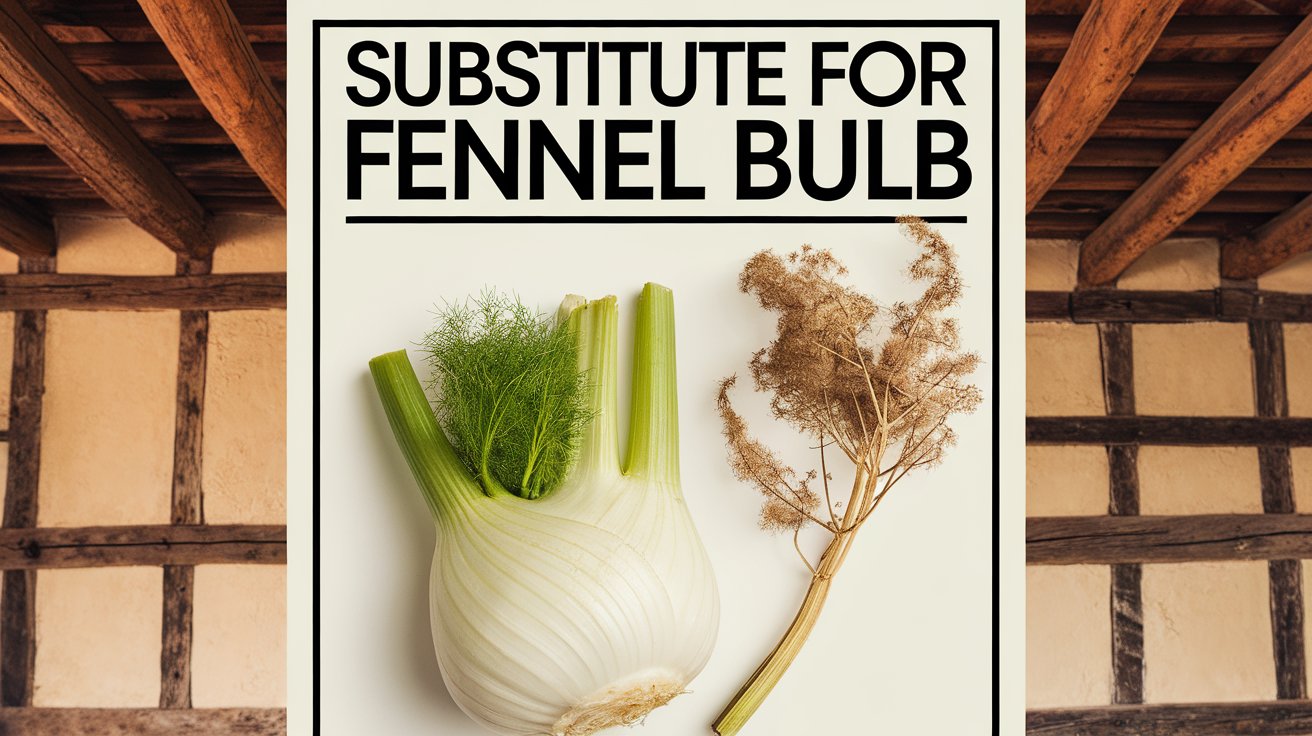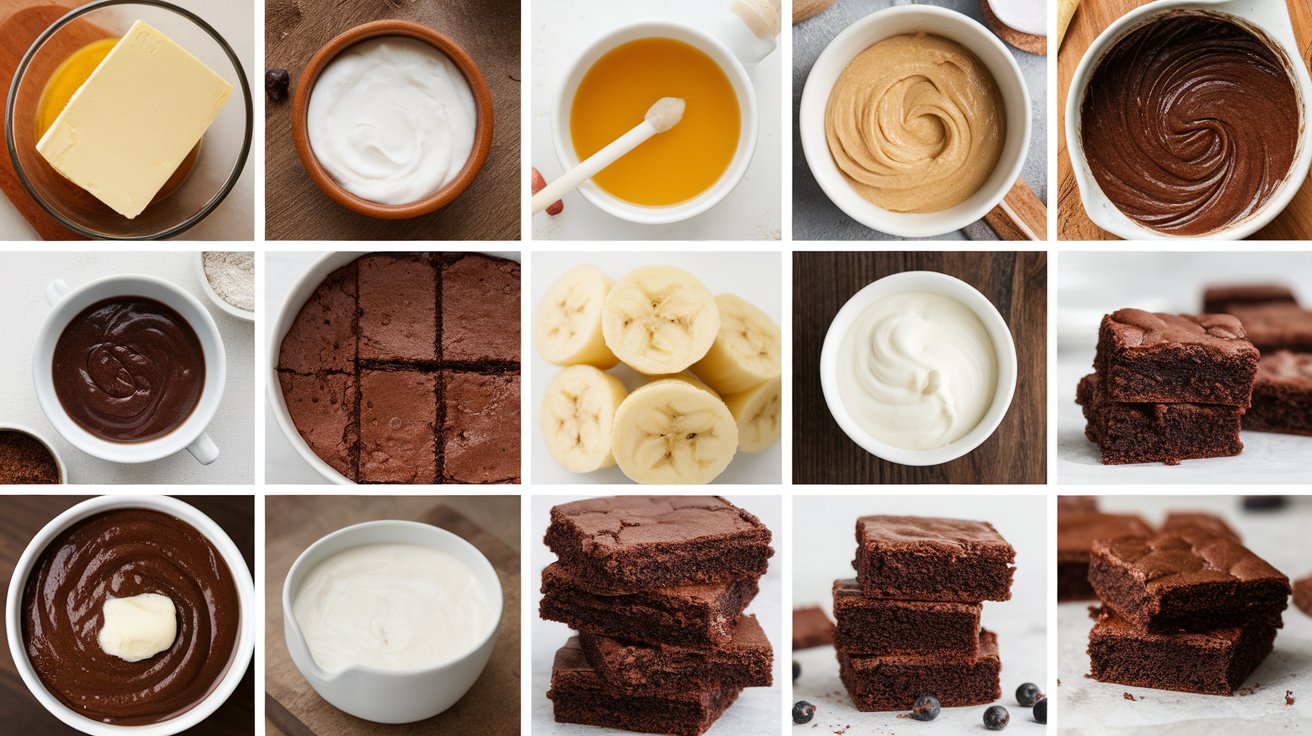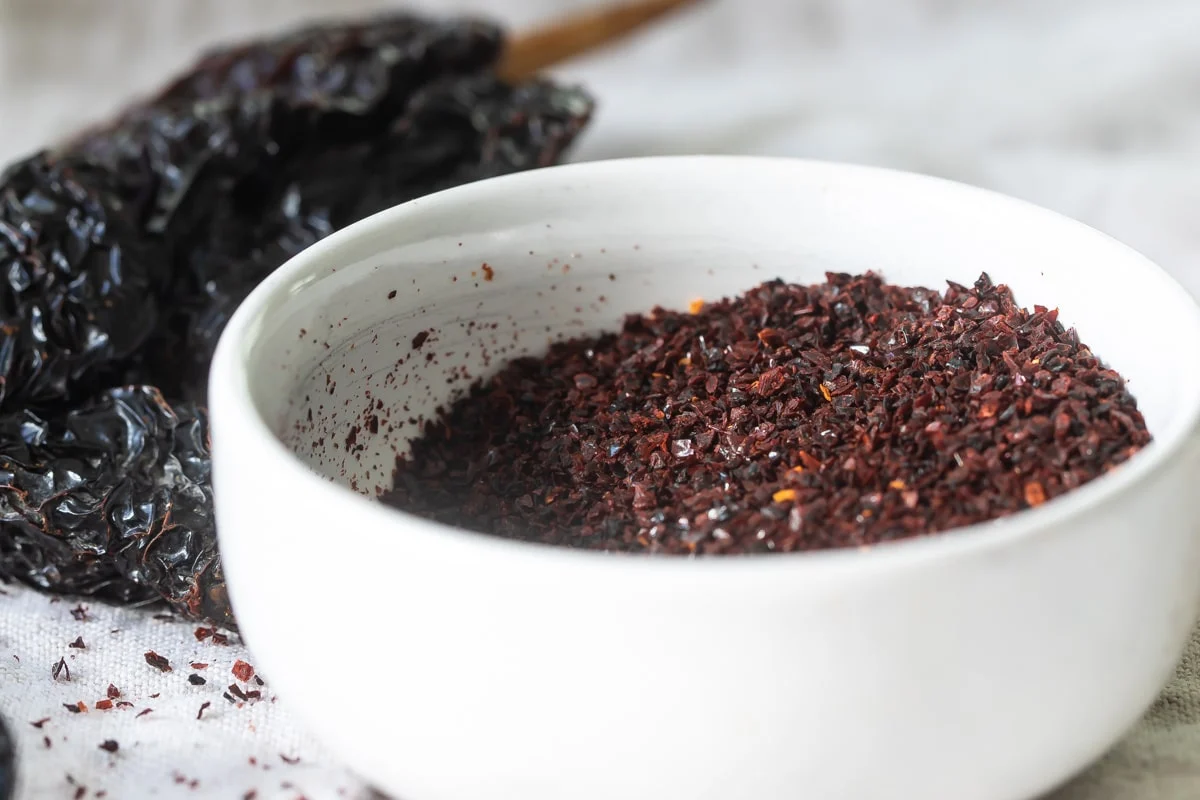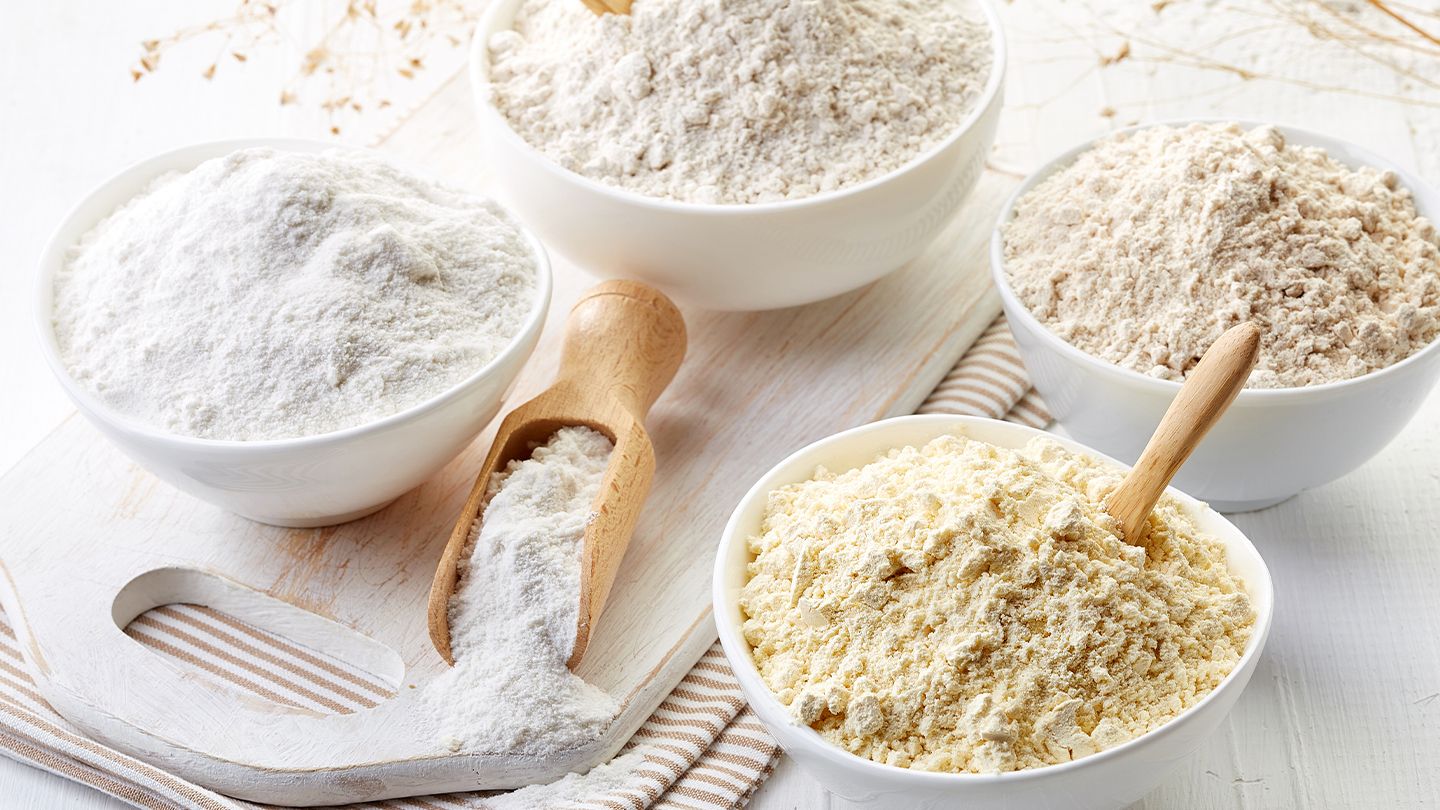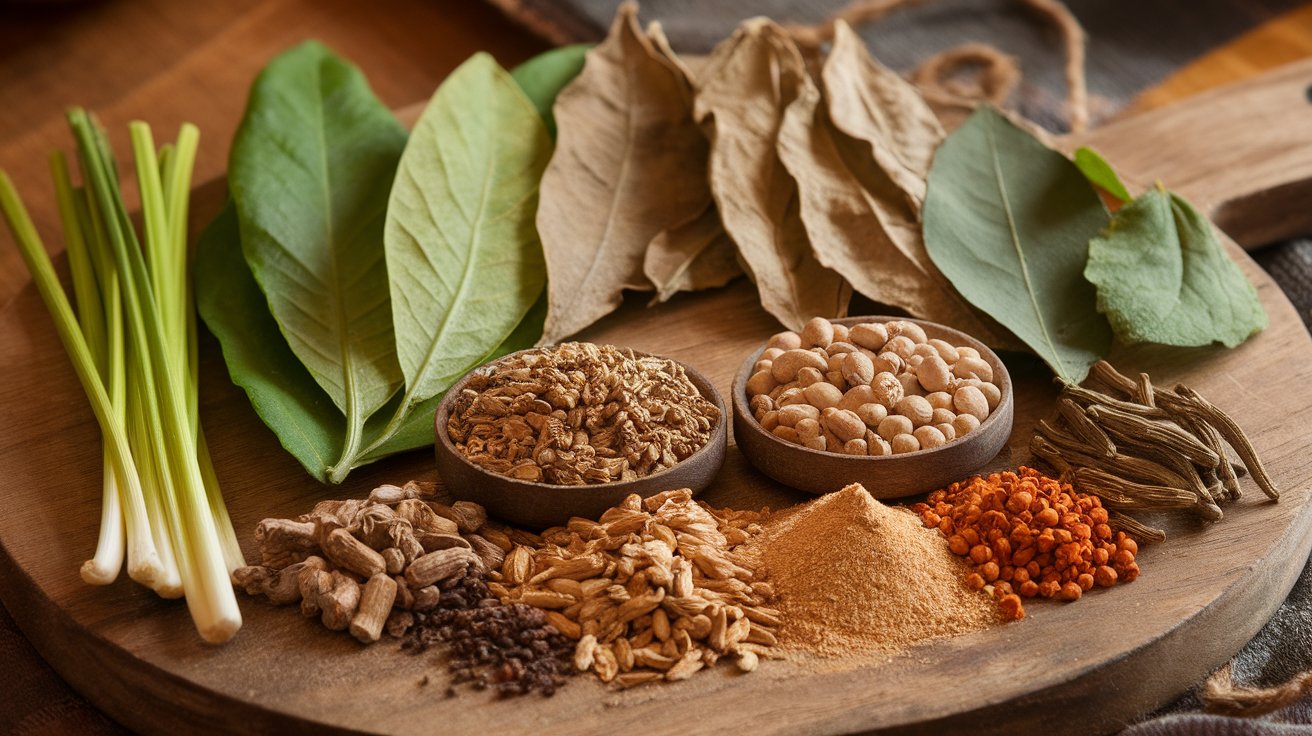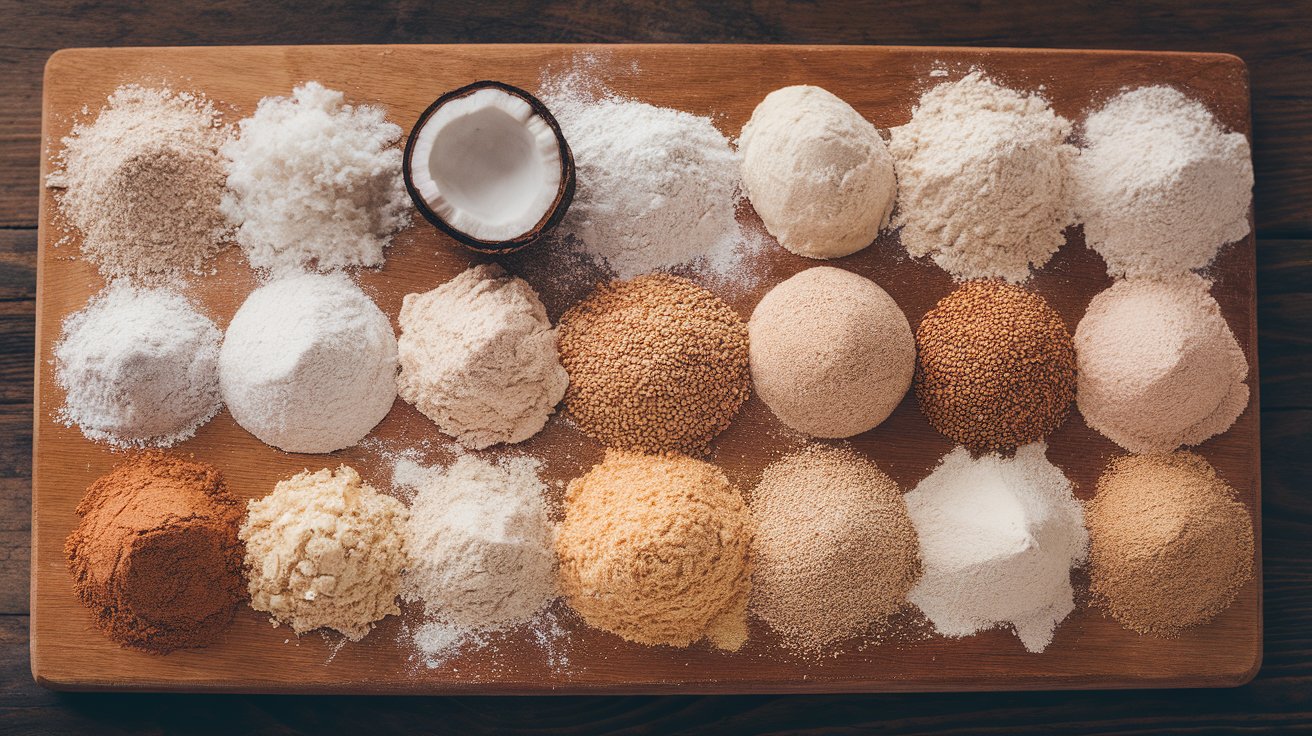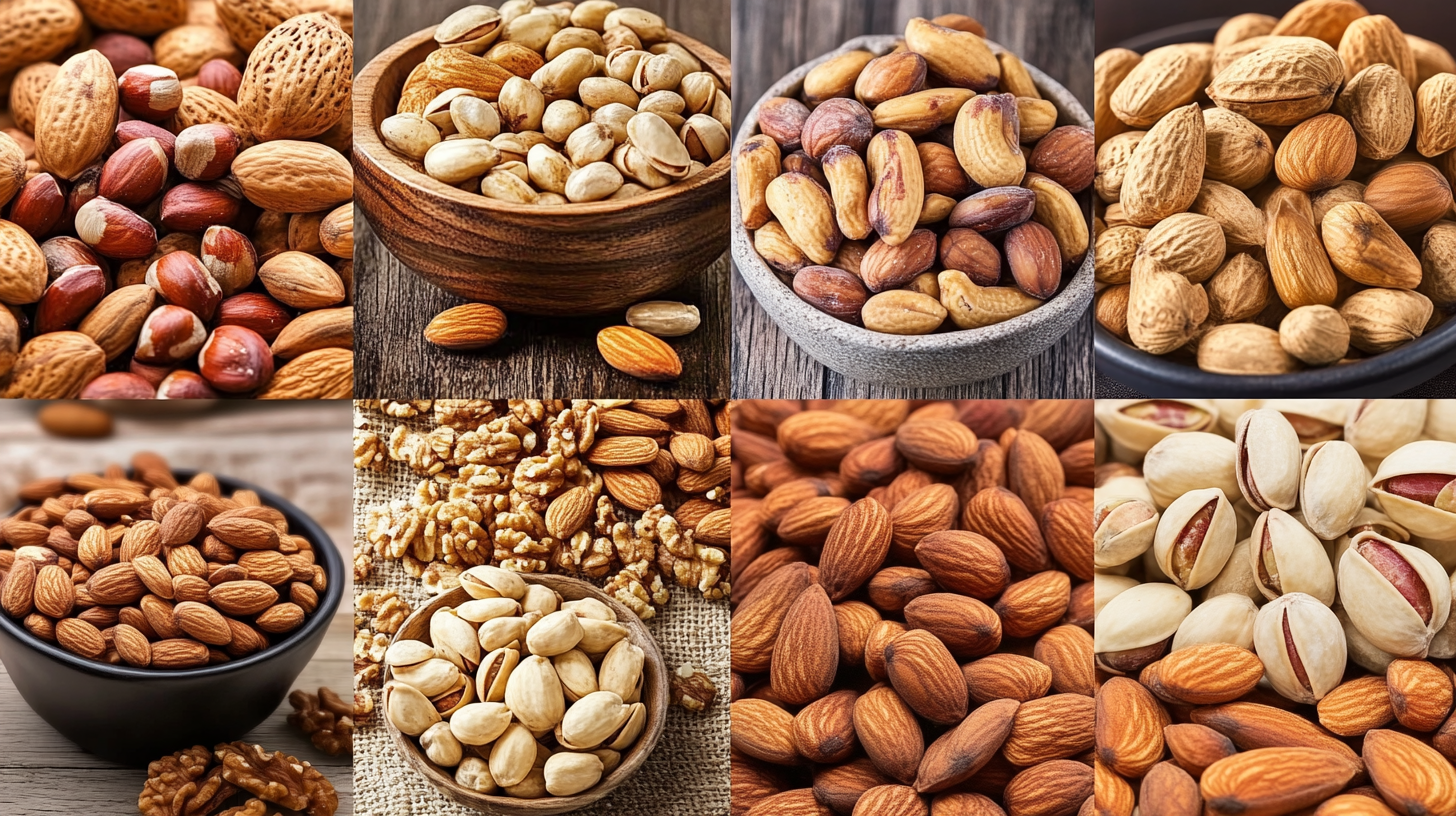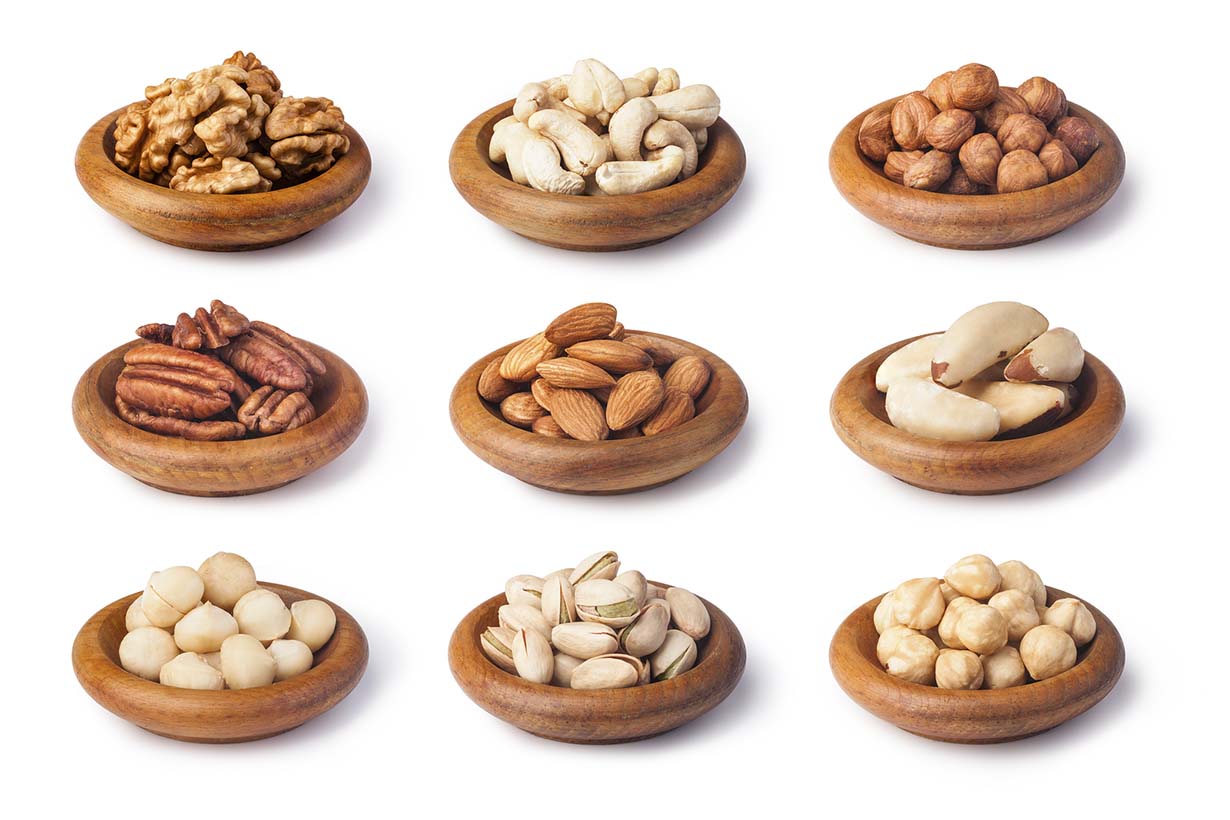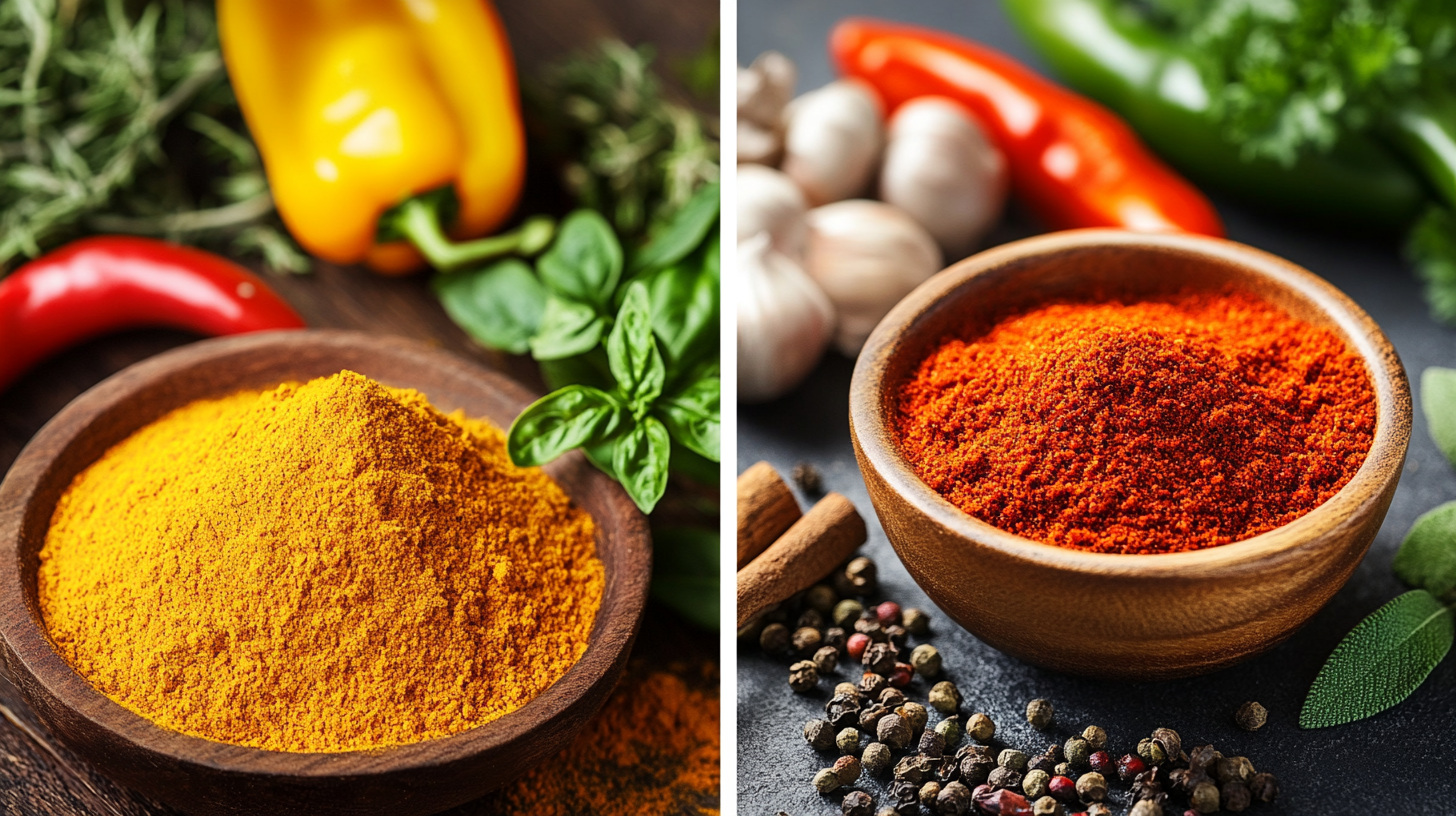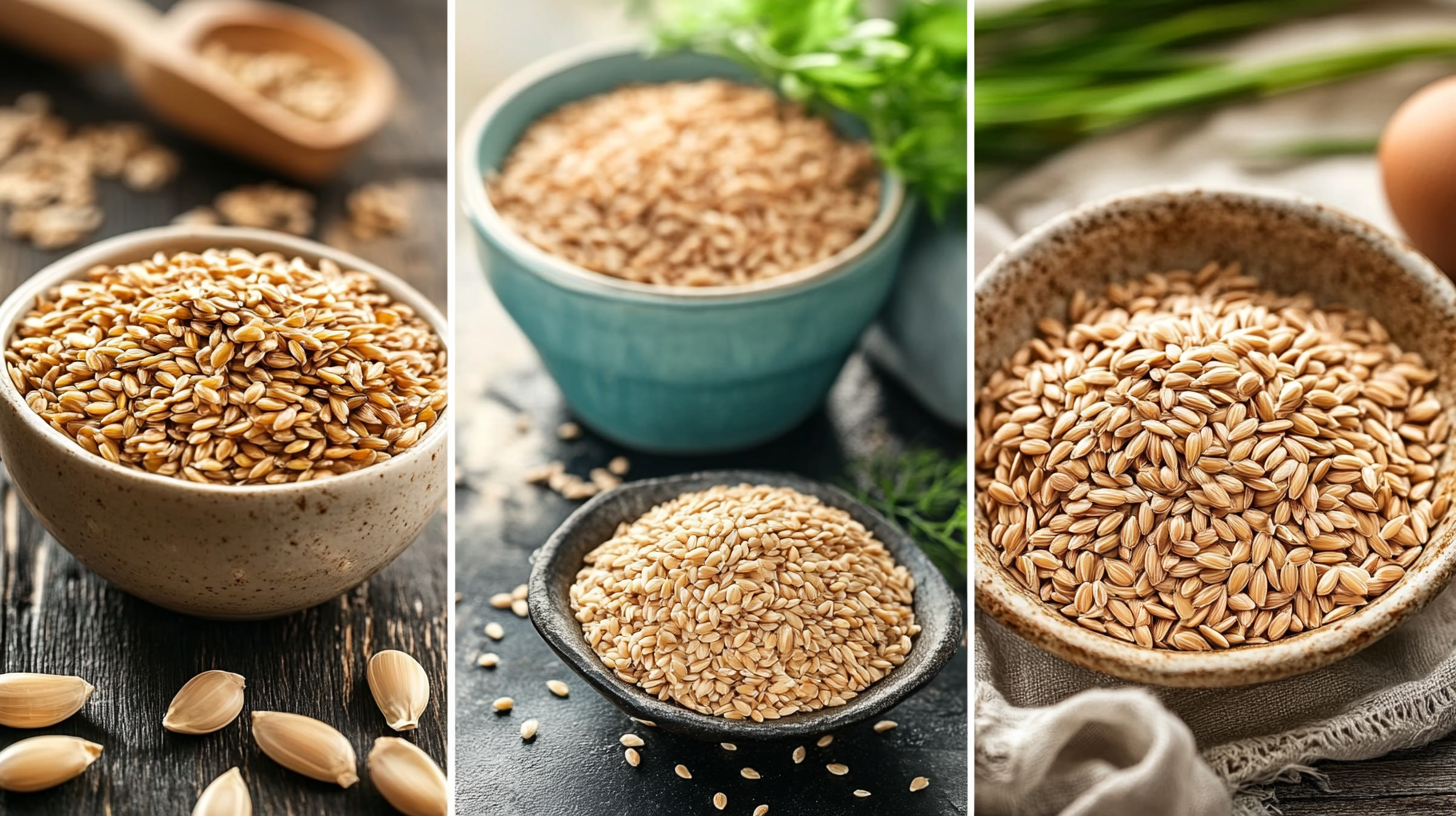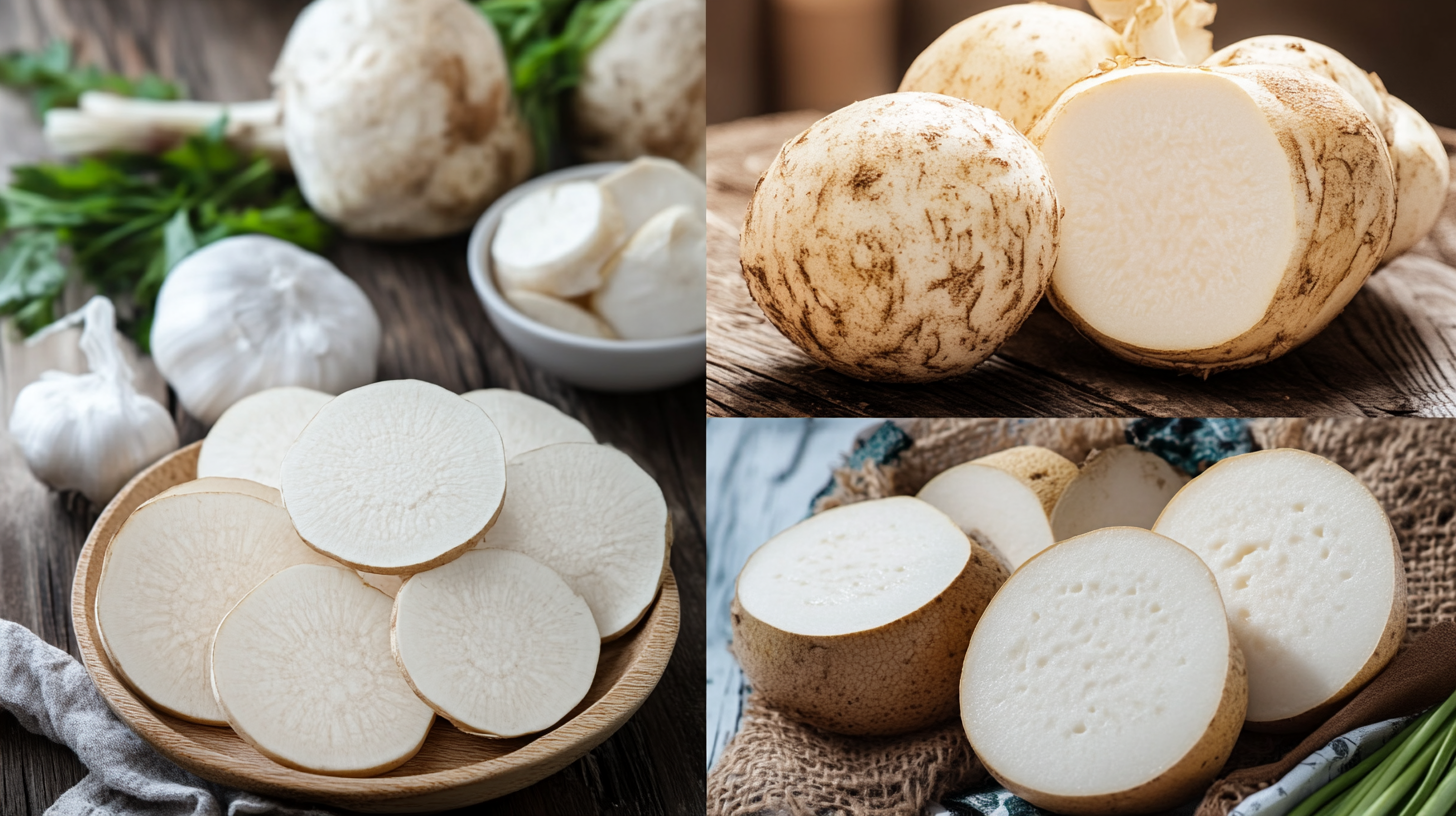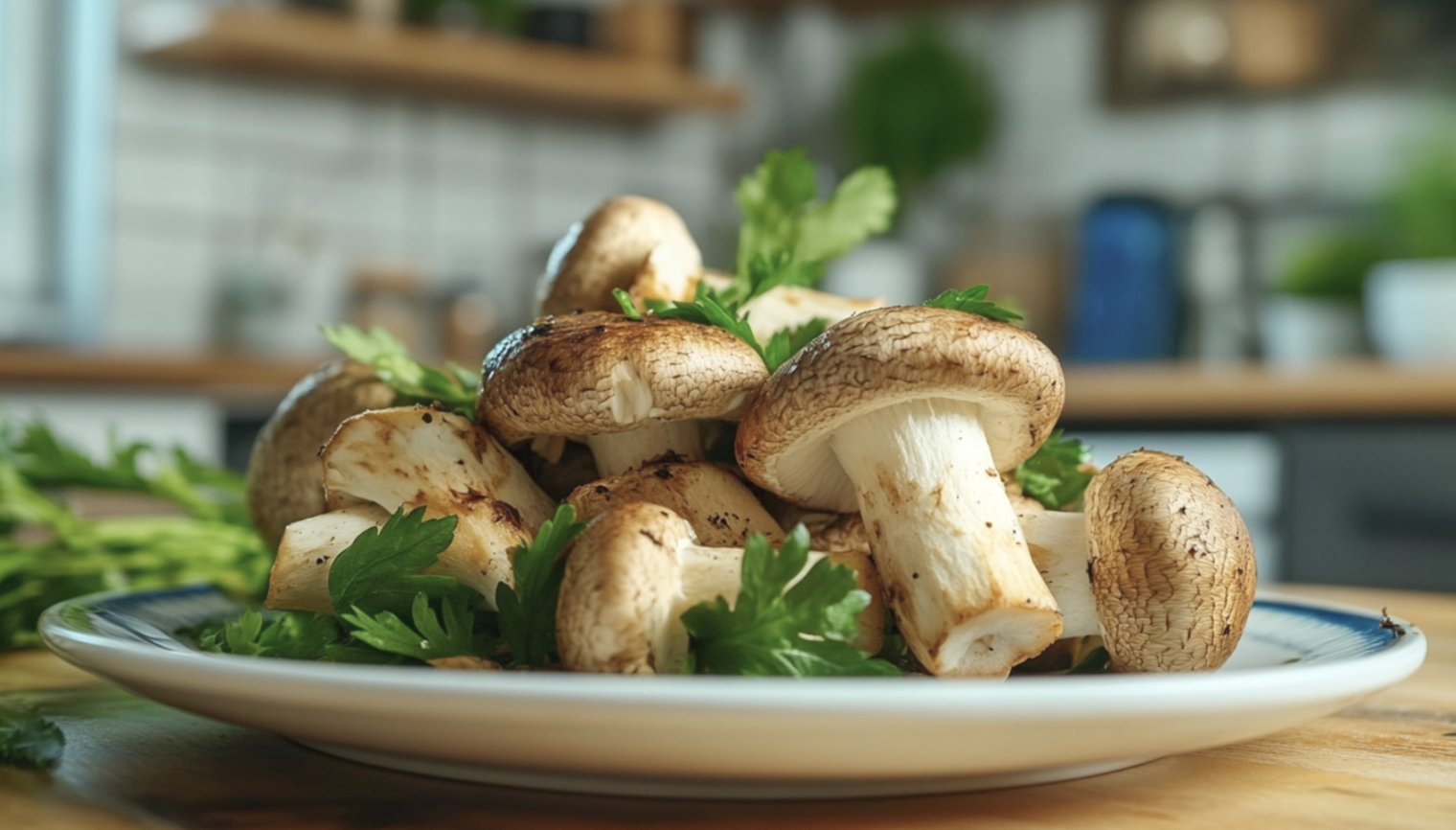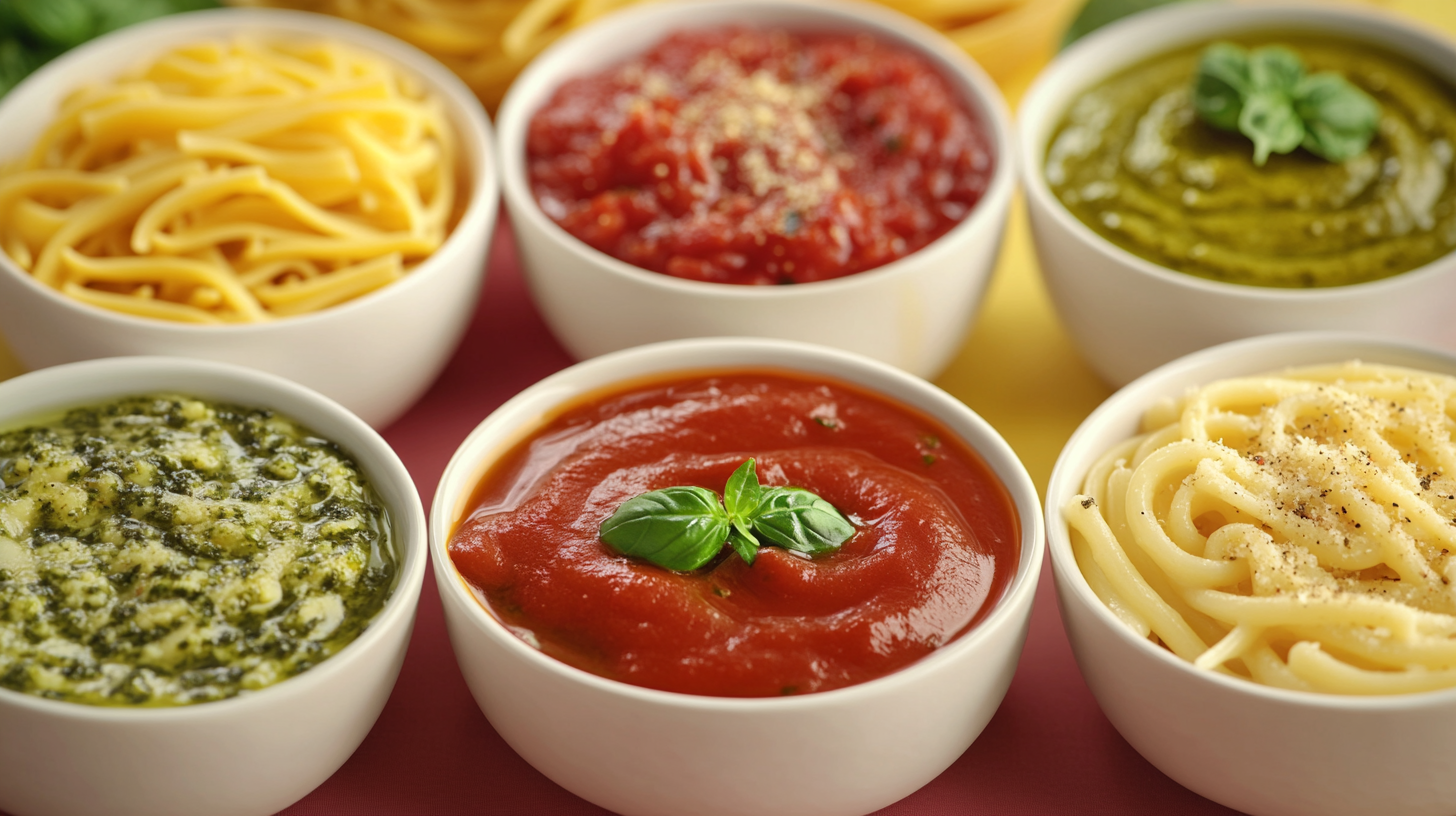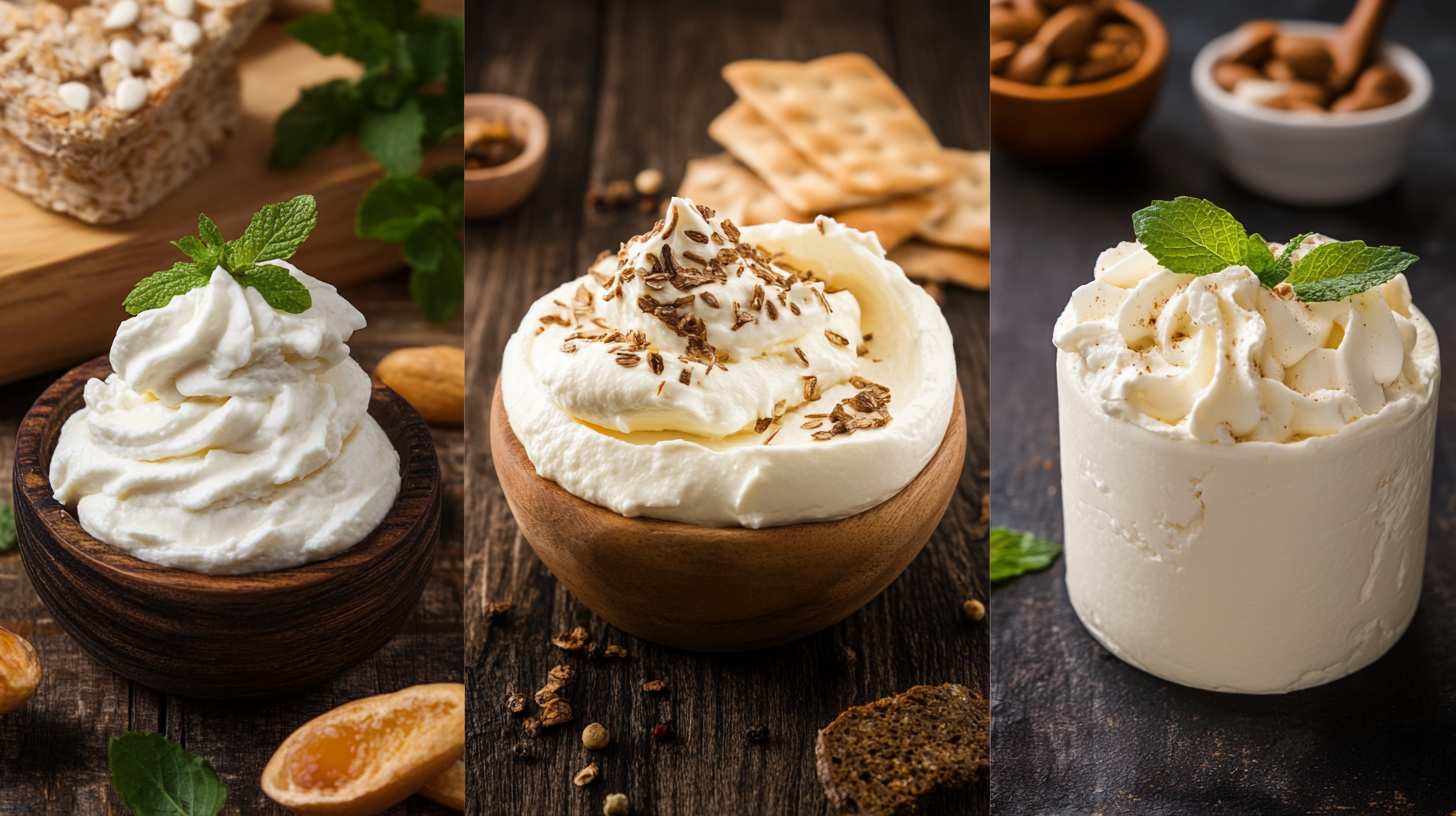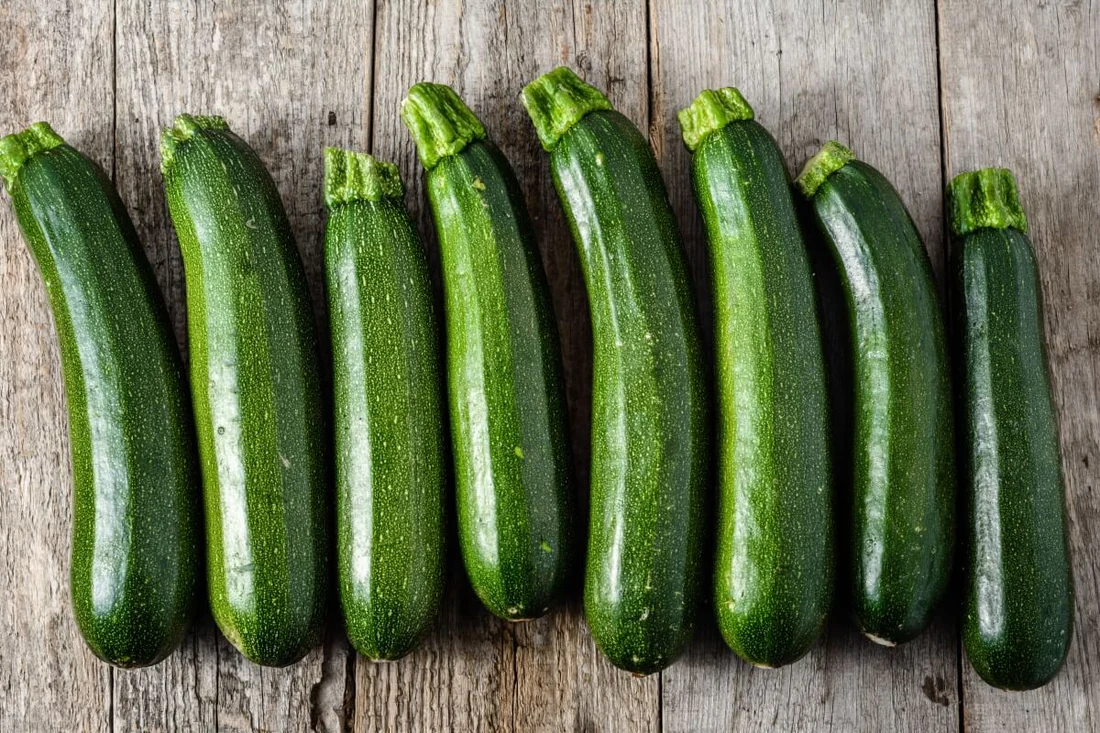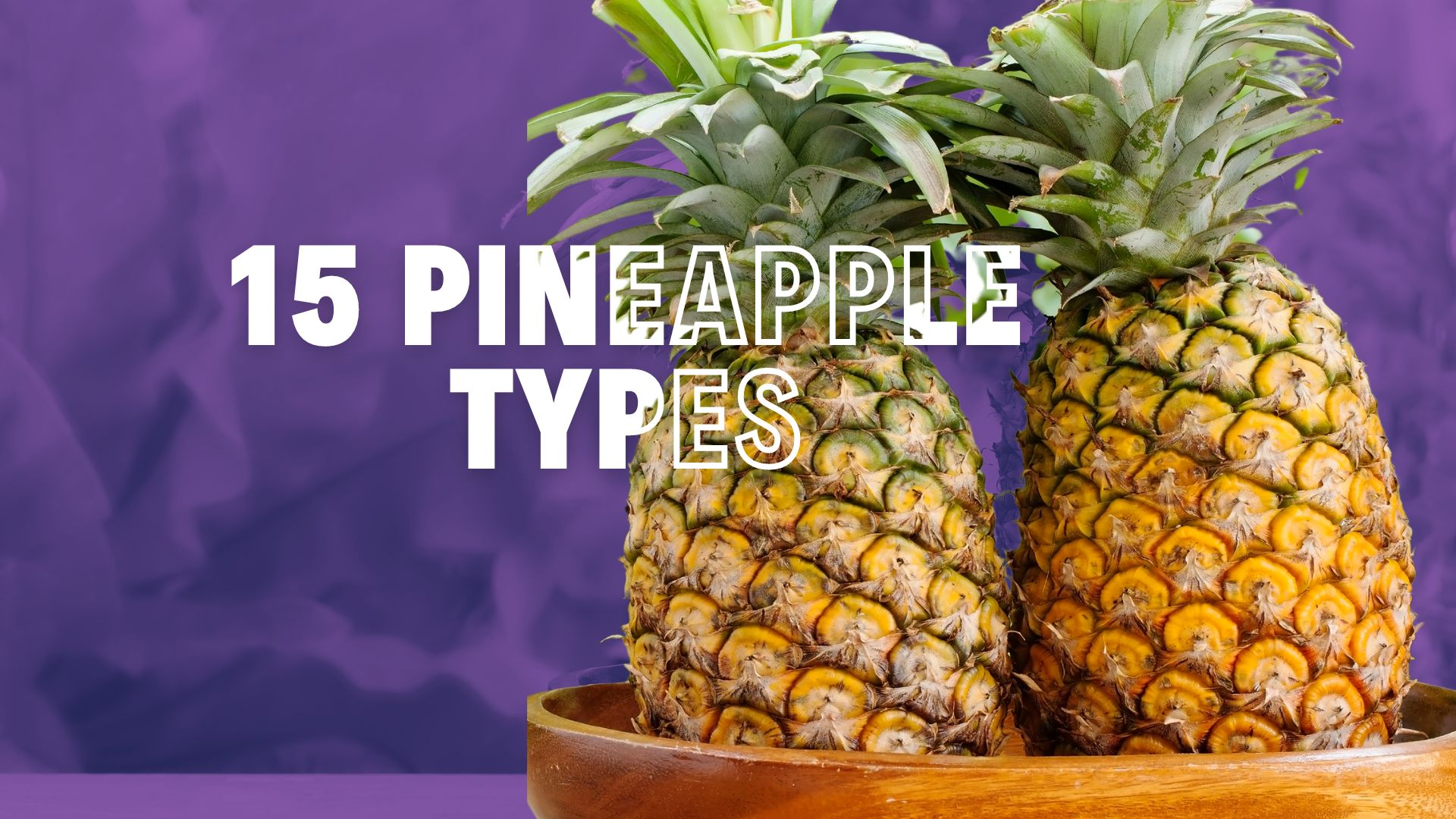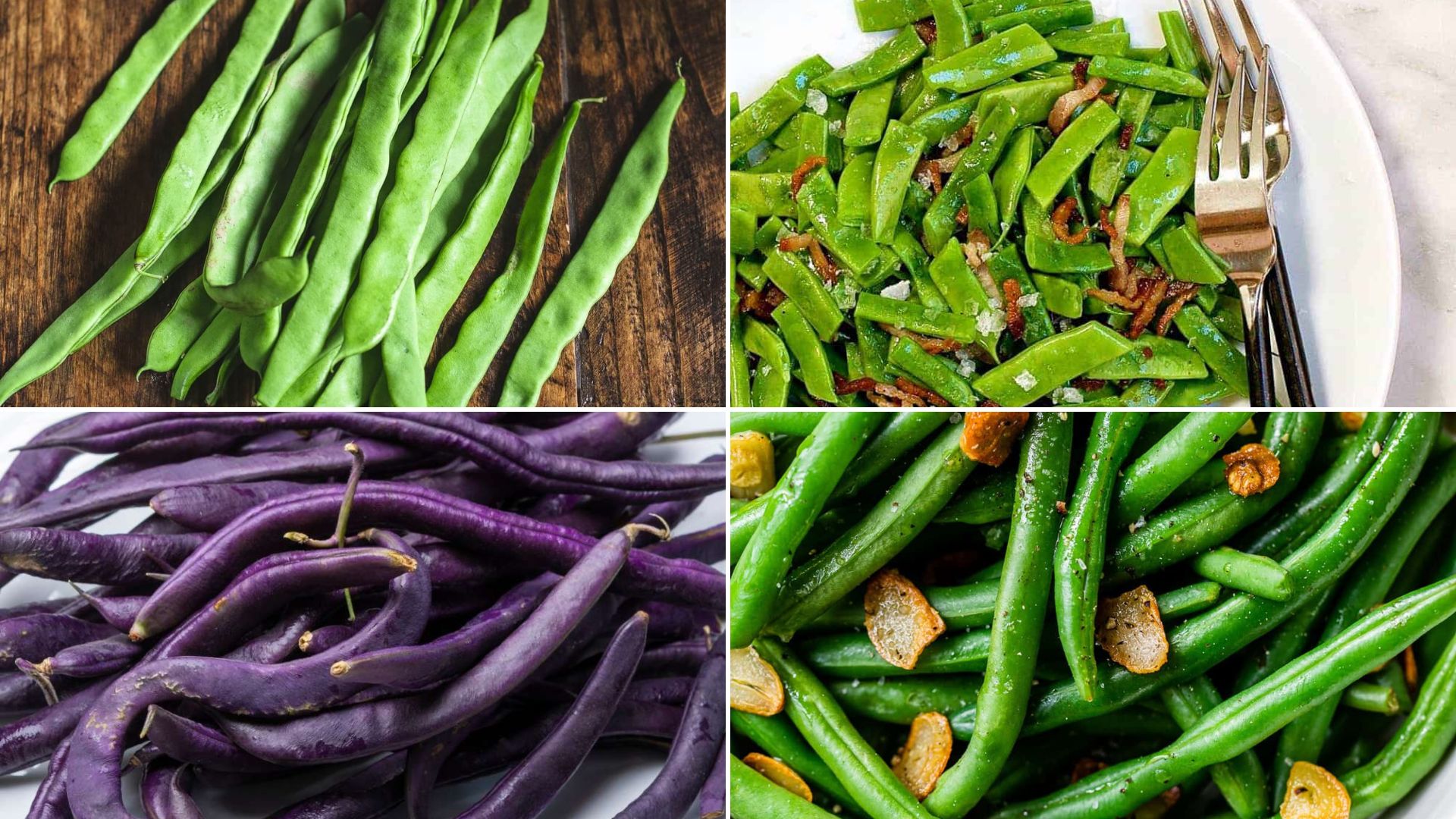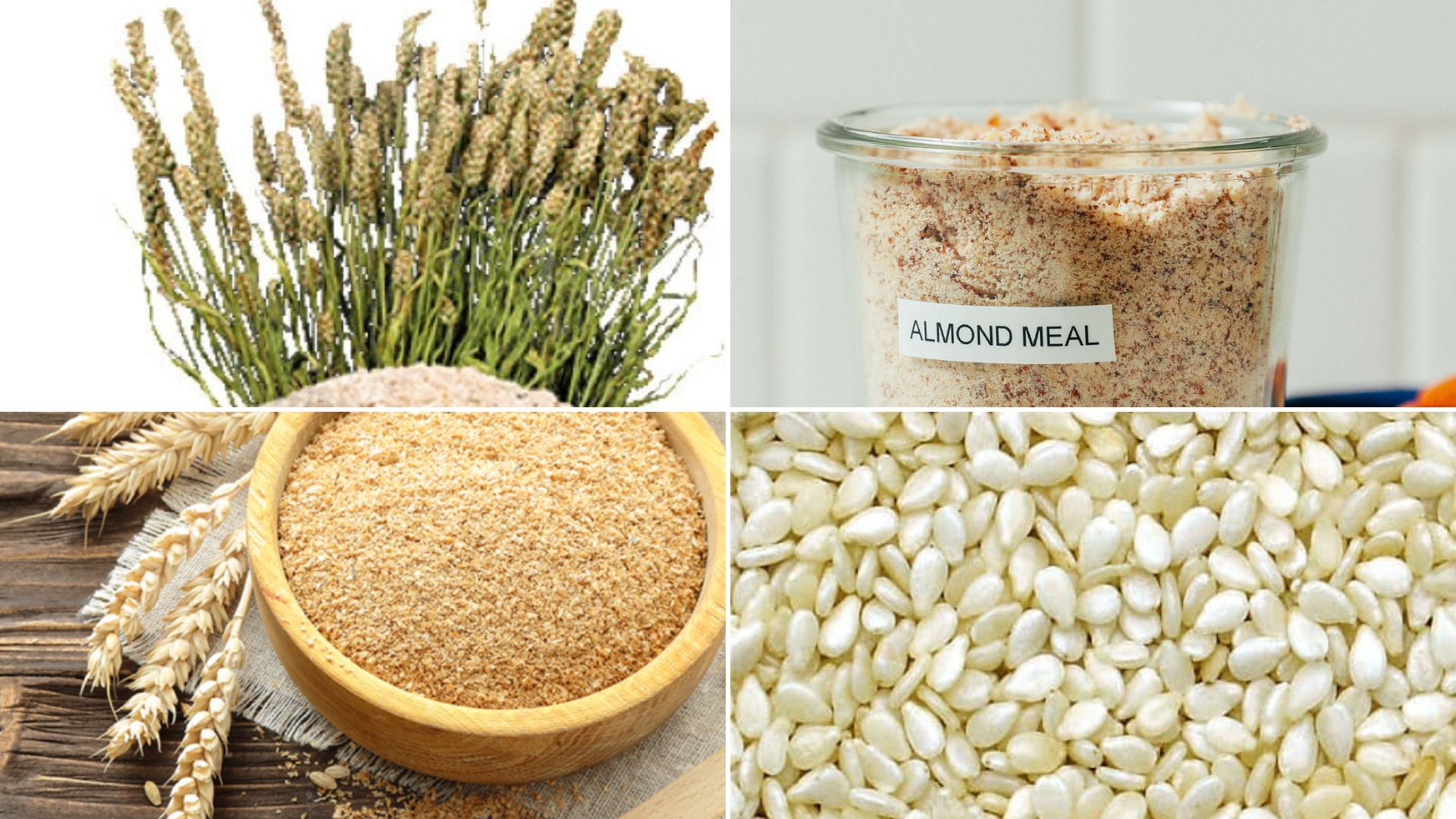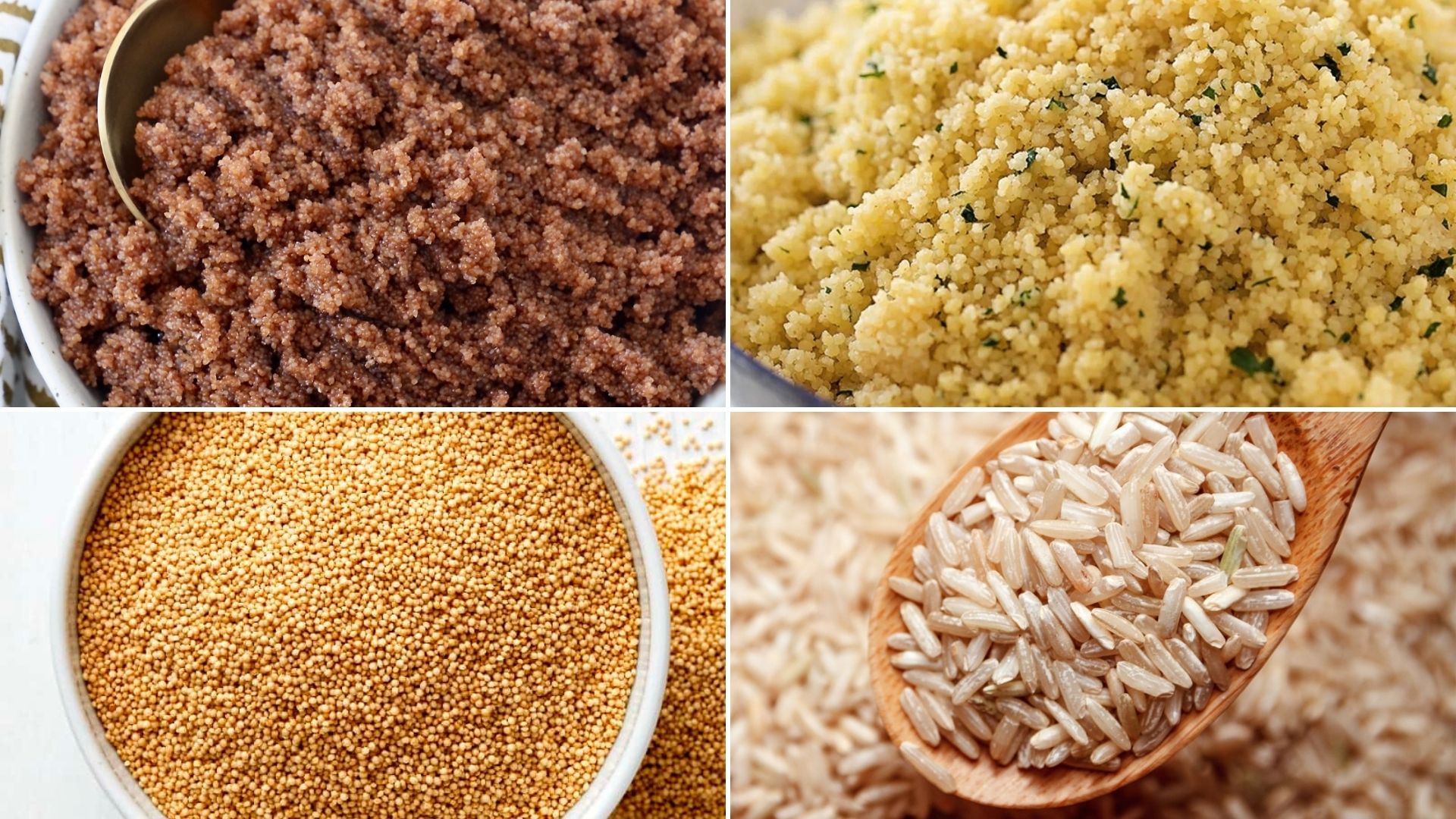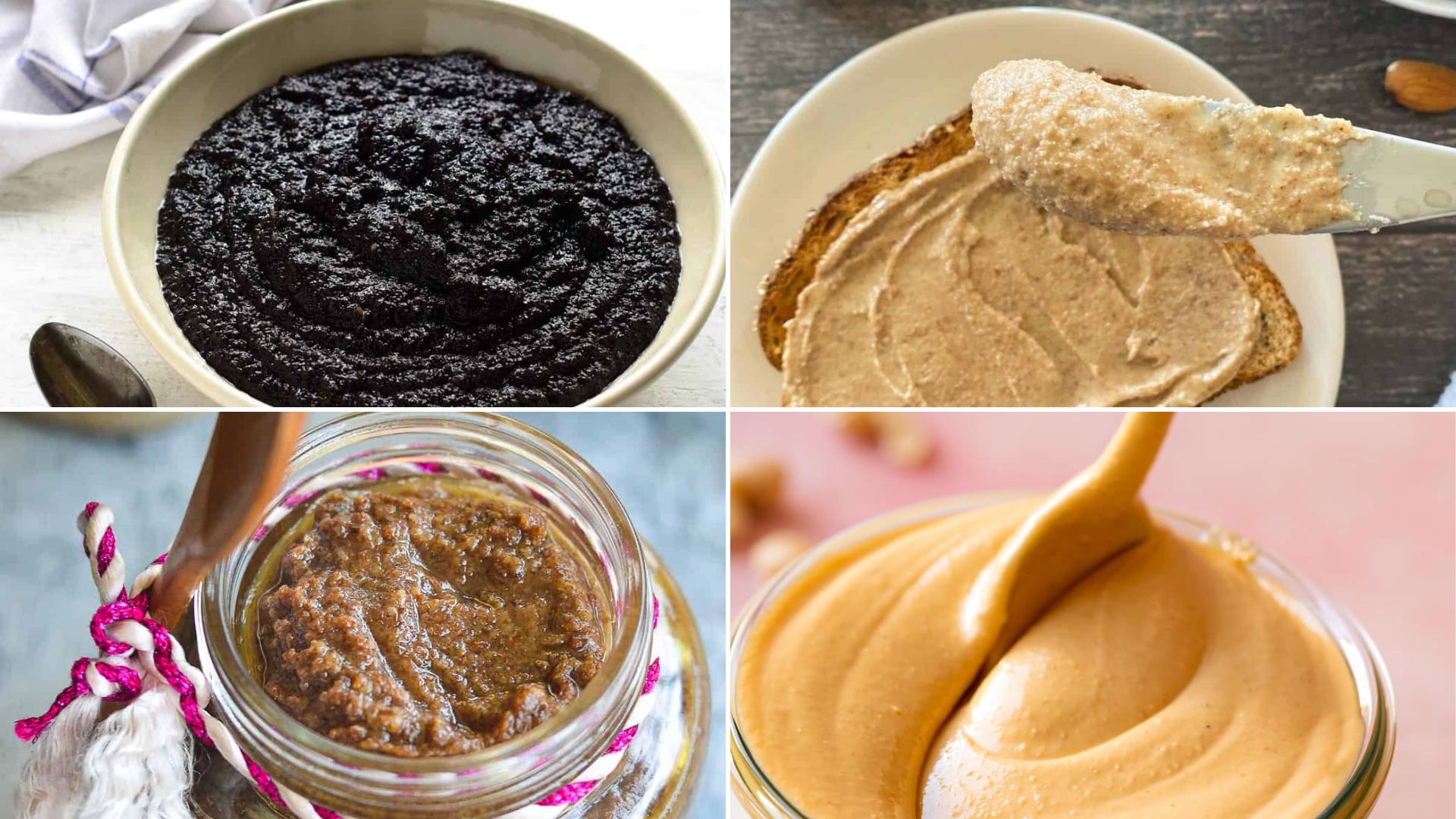
Finding a substitute for tahini can be challenging, especially when you’re in the middle of a recipe and realize you don’t have any on hand.
Don’t worry! We’ve covered you with 15 excellent alternatives that can easily replace tahini in your cooking, whether making sauces, dips, or dressings.
This blog will explore various options, from common pantry staples to unique ingredients you may not have considered before.
Best Substitutes for Tahini You Should Try
1. Peanut Butter
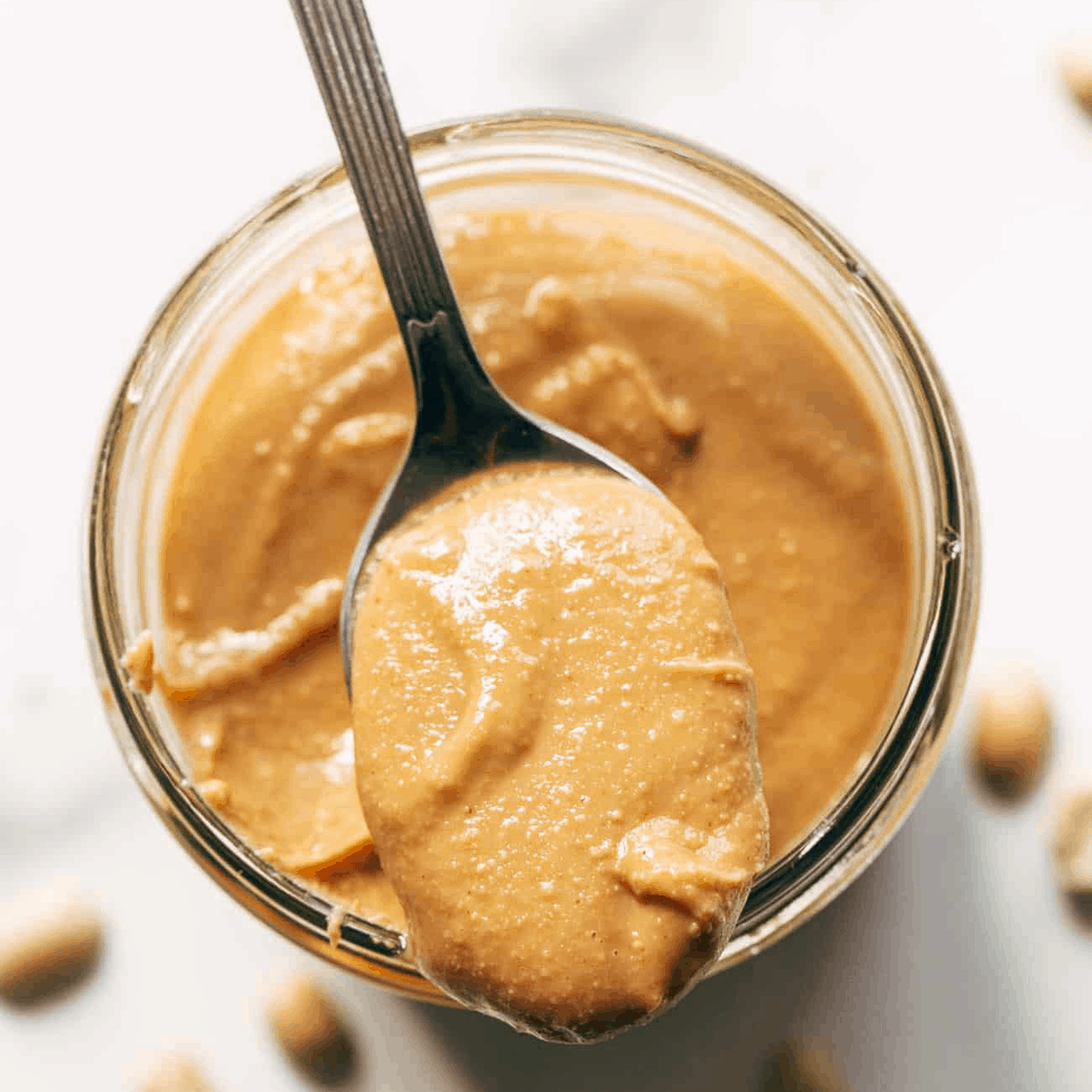
Flavor Profile: Peanuts’ natural sweetness and earthy undertones provide a balanced flavor that can complement a wide range of recipes.
Texture: Peanut butter has a creamy consistency resembling tahini, making it an excellent substitute. Its smooth texture allows it to blend well into sauces, dressings, and spreads, providing the same mouthfeel as tahini.
Versatility: This ingredient shines in both sweet and savory dishes. Whether making a peanut sauce for stir-fries or adding a twist to baked goods, peanut butter’s adaptable nature makes it a handy pantry staple.
Nutritional Value: Peanut butter is a good source of vitamins and minerals, such as vitamin E, magnesium, and potassium, contributing to a well-rounded diet.
2. Almond Butter

Mild Flavor: Almond butter has a subtle, nutty flavor that is less pronounced than peanut butter. This mild taste makes it a versatile option that can blend seamlessly into various dishes without overpowering other flavors.
Texture: Almond butter’s smooth texture is comparable to tahini’s, making it a suitable alternative for recipes requiring a creamy consistency. Its ability to mix well into sauces and spreads ensures that your dishes have the desired richness.
Uses: Almond butter enhances the flavor of sauces, dressings, and baked goods. Its gentle, nutty taste works well in sweet and savory recipes, adding depth without dominating the overall flavor profile.
Nutritional Benefits: Almond butter is particularly rich in vitamin E, an antioxidant that supports skin health and boosts the immune system.
3. Cashew Butter
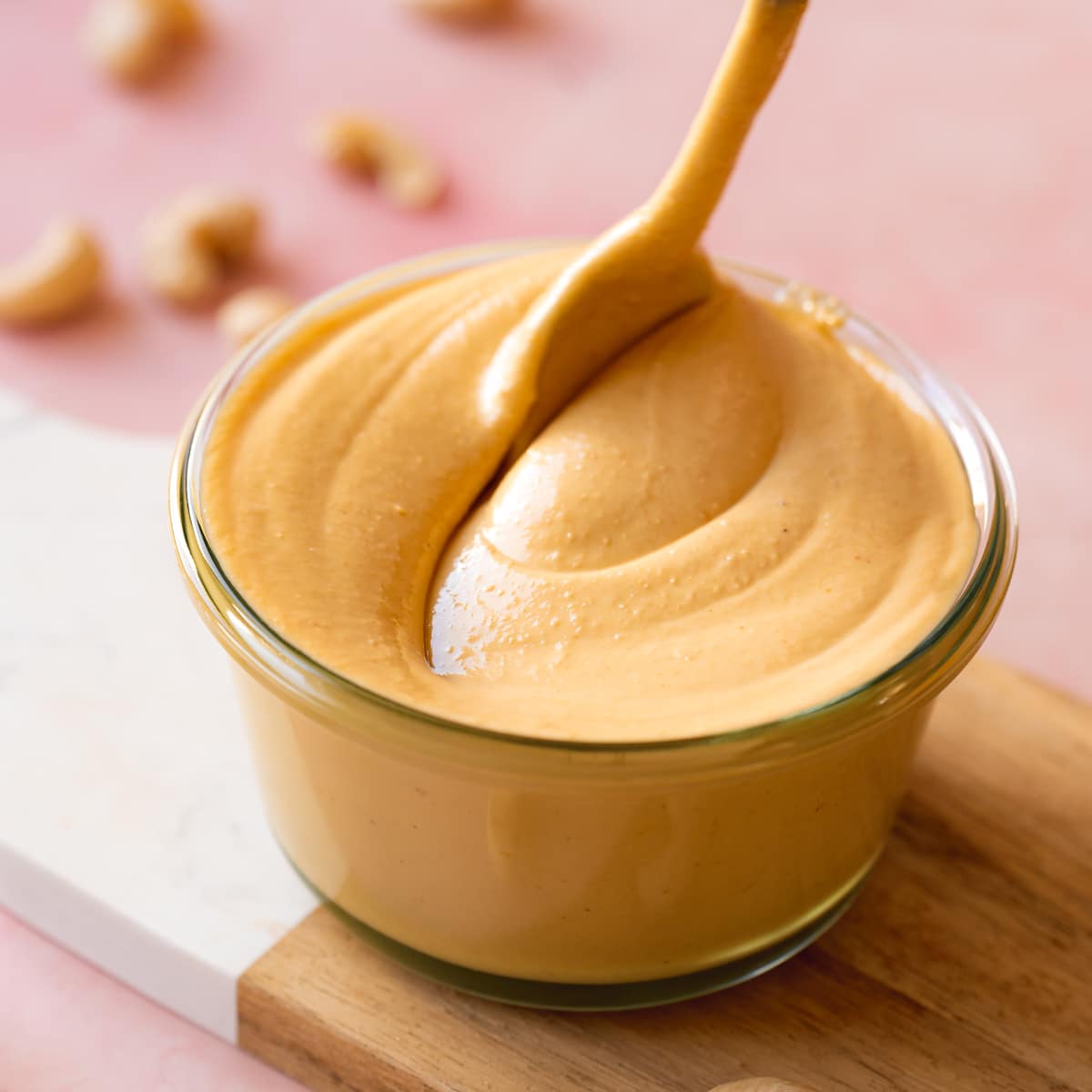
Richness: Cashew butter is known for its exceptionally creamy and rich consistency. This makes it an excellent choice for adding a smooth texture to various dishes, providing a luxurious feel similar to tahini’s.
Flavor: With its mild and slightly sweet flavor, cashew butter offers a delicate taste that can enhance both sweet and savory recipes.
Best Uses: Cashew butter is ideal for making dips, spreads, and creamy sauces. Its smooth texture allows it to blend effortlessly into these dishes, creating a rich and flavorful base that can elevate your culinary creations.
Nutritional Profile: Cashew butter is a good source of magnesium, an essential mineral that supports nerve function and bone health. It also provides healthy fats, protein, and vitamins, contributing to a nutritious diet and a well-rounded nutritional profile.
4. Sunflower Seed Butter

Nut-Free Option: Sunflower seed butter is an excellent alternative for those with nut allergies. It is safe and delicious without compromising on taste or texture.
Flavor: It has a slightly earthy, nutty, distinct flavor but not overwhelming. This unique taste can add depth to various sweet or savory dishes.
Texture: Sunflower seed butter’s creamy consistency is similar to tahini, making it an easy substitute in recipes that require a smooth, spreadable texture.
Versatility: Sunflower seed butter works well in savory and sweet dishes. From sauces and dressings to baked goods, it adds a rich flavor and smooth texture to many recipes.
5. Sesame Seeds
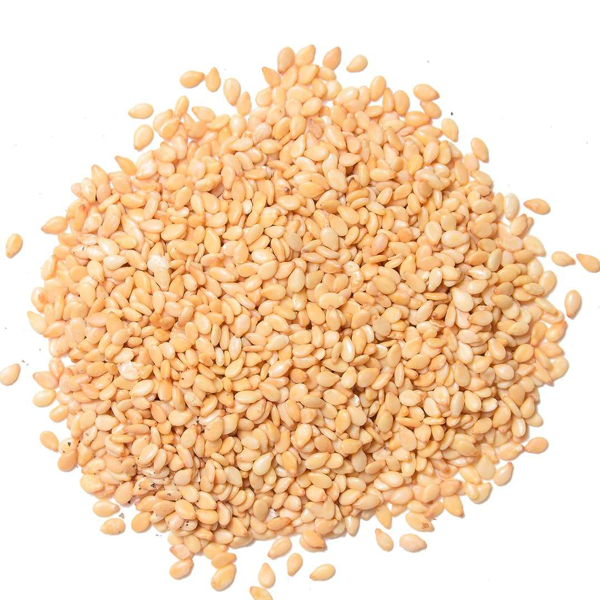
Flavor Similarity: When ground, sesame seeds closely mimic the flavor of tahini, making them a direct substitute when you’re out of tahini. The nutty and slightly bitter taste aligns well with what Tahini offers.
Usage: Blend ground sesame seeds with oil to create a tahini-like paste. This mixture can be used in place of tahini in various recipes, offering a similar taste and texture.
Versatility: Ground sesame seeds suit dressings, dips, and sauces. They can add a nutty flavor and creamy consistency to these dishes, much like tahini.
Nutritional Value:
Sesame seeds are rich in calcium, making them a nutritious addition to your diet. They also provide healthy fats and other essential minerals, supporting overall health.
7. Greek Yogurt

Tangy Flavor: Greek yogurt’s tangy taste contrasts with the earthiness of tahini, offering a refreshing alternative in dishes where a bit of acidity is welcome.
Texture: Its smooth, thick, creamy consistency makes it a suitable tahini substitute in recipes requiring a similar texture.
Best Uses: Greek yogurt is well-suited for lighter dishes, such as salads and dressings. It adds a creamy, tangy element that can elevate the flavor of these meals.
Nutritional Benefits: Greek yogurt is high in protein and contains probiotics, which support digestive health. It also provides calcium and vitamins, contributing to a balanced diet.
8. Soy Nut Butter

Nut-Free Substitute: Soy nut butter is an excellent option for those who need to avoid nuts. It provides a safe alternative without sacrificing flavor or texture.
Unique Flavor: Soy nut butter has a distinct taste that differentiates it from other butter. It offers a slightly earthy and roasted flavor that can add a unique twist to various dishes.
Usage: This butter works well in allergy-friendly recipes, making it a versatile option for families or gatherings where nut allergies are a concern. It can be used in spreads, sandwiches, and baked goods.
Nutritional Value: Soy nut butter is protein-rich and offers a lower allergen risk than traditional nut butter. It also provides essential nutrients like iron and calcium, contributing to a healthy diet.
9. Pumpkin Seed Butter
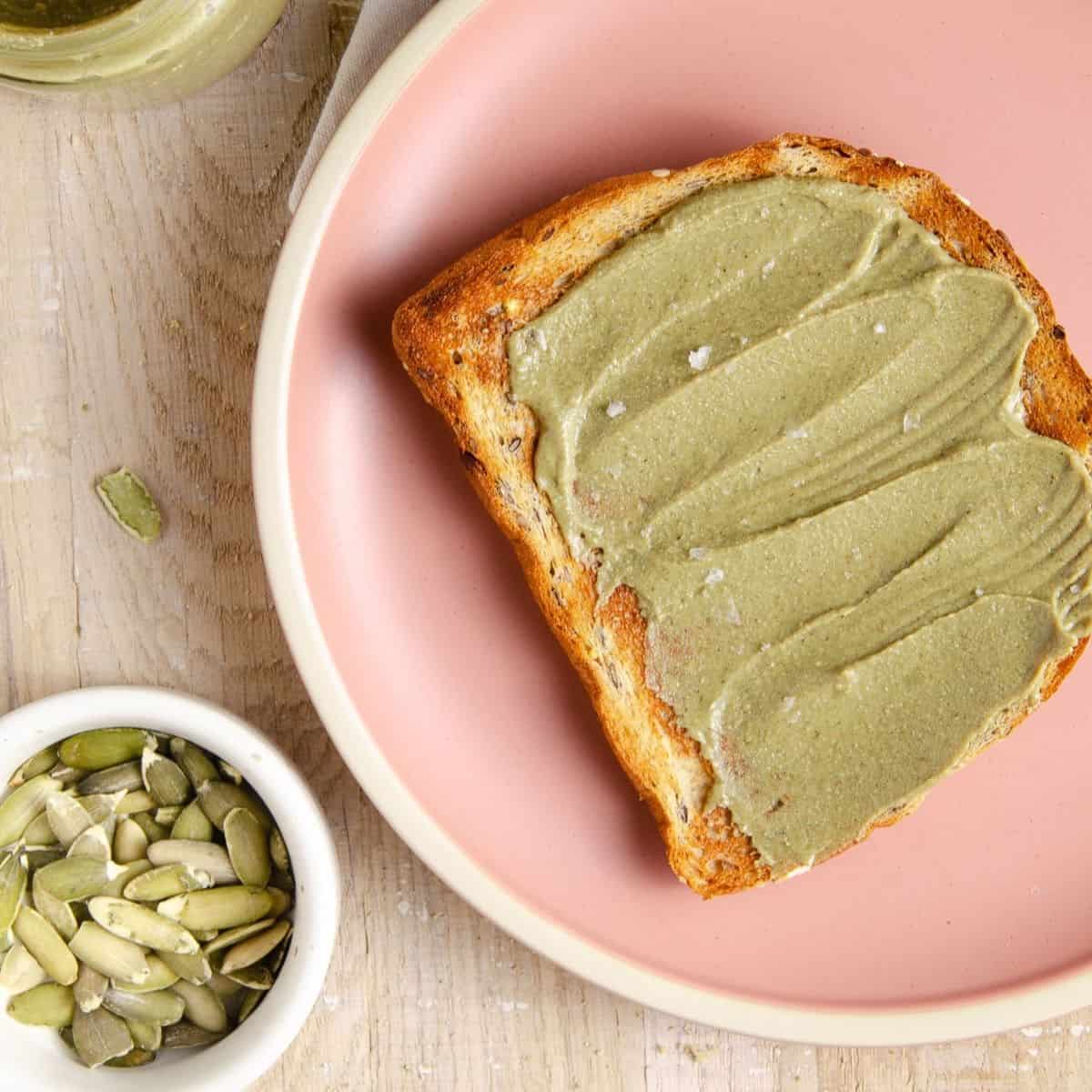
Flavor: Pumpkin seed butter offers a slightly sweet and earthy flavor, making it a delicious and unique alternative to tahini. Its mild sweetness complements both sweet and savory dishes.
Texture: With a creamy consistency similar to tahini, pumpkin seed butter blends smoothly into recipes, adding richness without being overly heavy.
Best Uses: Pumpkin seed butter is ideal for baking, dressings, and spreads. Its versatility allows it to enhance the flavor and texture of various dishes, from cookies to salad dressings.
Nutritional Benefits: Pumpkin seed butter is rich in magnesium and healthy fats, supporting overall health. It is also a good source of protein and antioxidants, making it a nutritious addition to any meal.
10. Coconut Butter
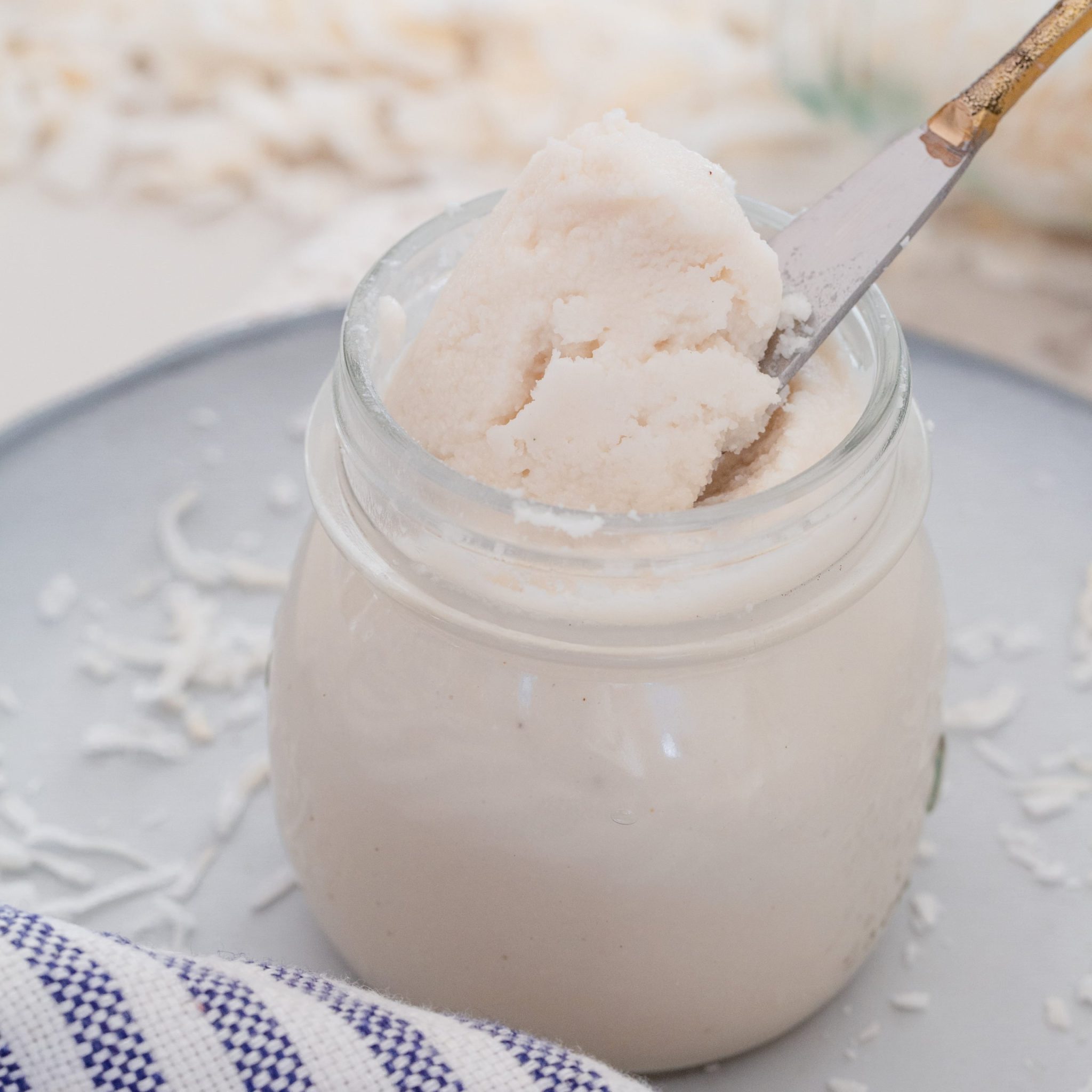
Subtle Sweetness: Coconut butter has a mild, sweet flavor that adds a touch of natural sweetness to recipes. This makes it an excellent choice for desserts and unique savory dishes that benefit from a hint of coconut flavor.
Texture: When melted, coconut butter has a solid yet creamy texture, allowing it to be easily incorporated into various recipes. Its smooth consistency is similar to tahini, making it a suitable alternative in many dishes.
Usage: Coconut butter is particularly well-suited for desserts, sweet dishes, and unique savory recipes where its subtle sweetness and creamy texture can shine. It’s perfect for adding a rich, tropical flavor to your cooking.
Nutritional Profile: Coconut butter is packed with healthy fats that boost quick energy. It also contains medium-chain triglycerides (MCTs), known for their potential health benefits, including supporting metabolism and cognitive function.
11. Sesame Oil

Flavor Profile: Sesame oil retains sesame seeds’ rich, nutty flavor, although in a more liquid form. This concentrated flavor can add depth to various dishes, delivering the essence of sesame without the thickness of tahini.
Usage: Sesame oil is perfect for infusing a sesame taste into dressings, marinades, and stir-fries. Its potent flavor can elevate the taste of these dishes, making it a versatile ingredient in Asian and Western cuisines.
Cooking Tips: Sesame oil is best used in small quantities to avoid overpowering your dishes. A little goes a long way, so it’s ideal for finishing dishes or adding a subtle touch of sesame flavor.
Nutritional Value: Sesame oil is rich in healthy fats, particularly unsaturated fats, and antioxidants like sesamol, which can support heart health and overall wellness. It also contains vitamin E, contributing to skin health and immune function.
12. Sunflower Seeds
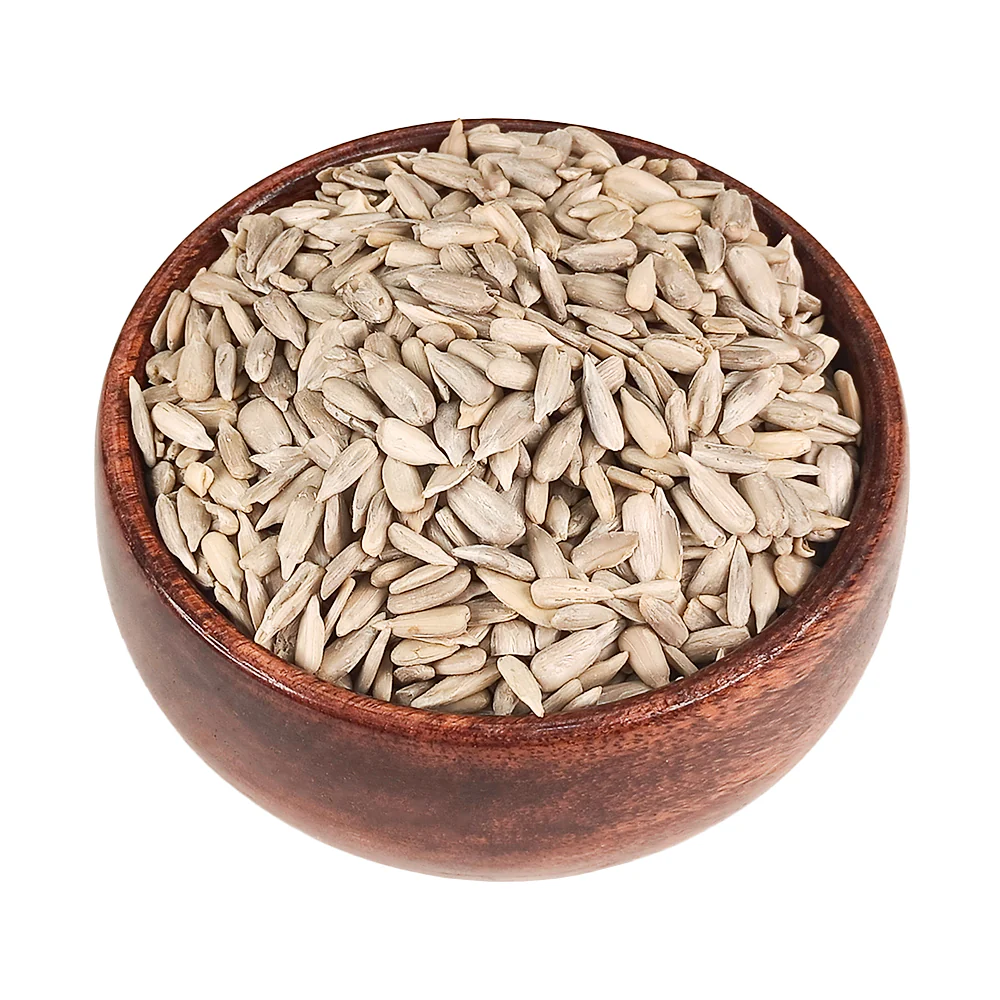
Flavor Similarity: When blended into a paste, sunflower seeds can mimic the nutty flavor of tahini, making them a suitable substitute in recipes where tahini’s distinctive taste is desired.
Usage: To make a tahini-like paste, blend sunflower seeds with some oil until smooth. This paste can be used in dressings, dips, and spreads, offering a similar texture and flavor to tahini.
Nutritional Benefits: Sunflower seeds are high in vitamin E, a powerful antioxidant that helps protect cells from damage. They also provide healthy fats, protein, and other essential nutrients like magnesium and selenium.
Versatility: Sunflower seed paste suits various dishes, from spreads to sauces. Its nutty flavor and creamy texture make it a versatile ingredient that enhances sweet and savory recipes.
13. Poppy Seed Paste
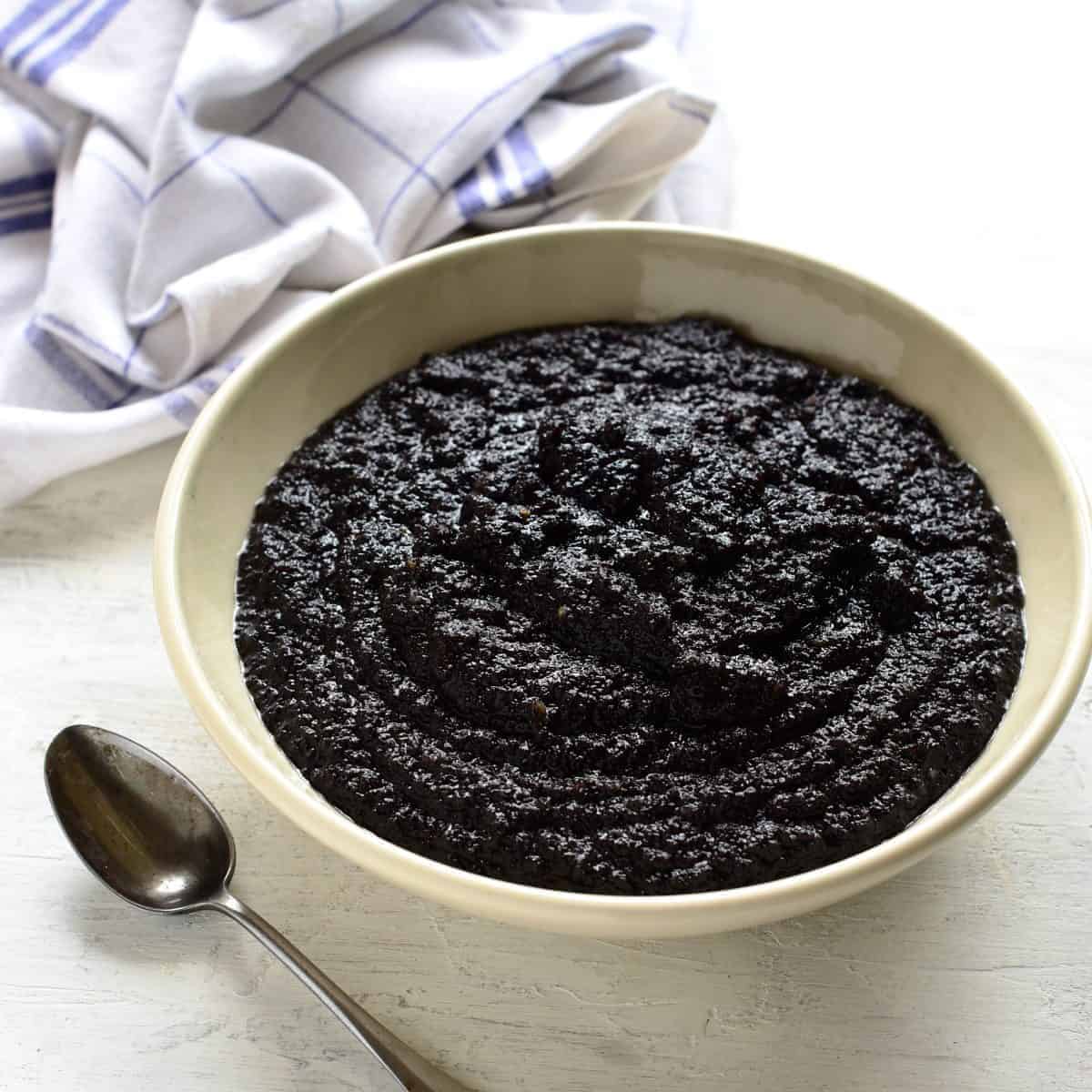
Distinct Flavor: Poppy seed paste has a slightly bitter, nutty taste, adding a unique flavor to dishes. This distinct flavor can bring a different dimension to sweet and savory recipes, making it a versatile ingredient.
Usage: Poppy seed paste is versatile and works well in sweet and savory dishes. It can be used in baked goods, sauces, and even dressings, providing a rich flavor that complements a variety of ingredients.
Texture: Poppy seed paste’s smooth consistency is similar to tahini, making it an easy substitute in recipes that require a creamy texture. It blends well into sauces and spreads, adding both flavor and richness.
Nutritional Profile: Poppy seeds are rich in minerals like calcium and iron, essential for bone health and blood formation. The paste also provides healthy fats and fiber, contributing to a balanced diet.
14. Flaxseed Butter
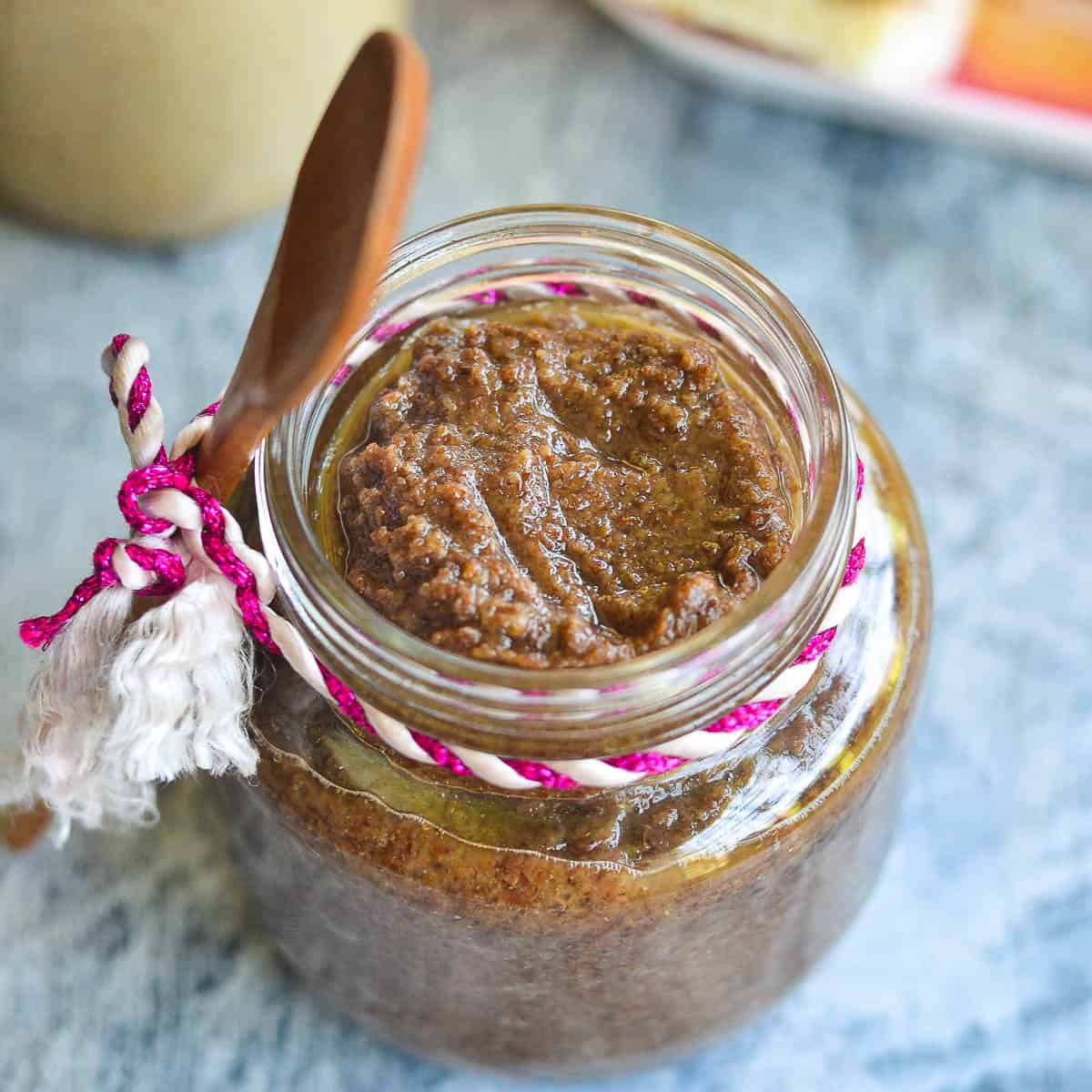
Nutty Flavor: Flaxseed butter has an earthy, nutty taste that can enhance the flavor of various dishes. Its subtle, slightly bitter notes add depth, making it a unique alternative to tahini.
Texture: Flaxseed butter boasts a creamy consistency, making it ideal for blending into sauces and spreads. Its smooth texture allows it to mix well with other ingredients, providing a rich base for many recipes.
Best Uses: This butter suits various culinary uses, including spreads, sauces, and dressings. Its versatility makes it a great choice for sweet and savory dishes, adding a nutritious element to your meals.
Nutritional Benefits: Flaxseed butter is high in omega-3 fatty acids, known for supporting heart health and reducing inflammation. Additionally, it is rich in fiber, which aids digestion and promotes a feeling of fullness, making it a healthy addition to your diet.
15. Avocado
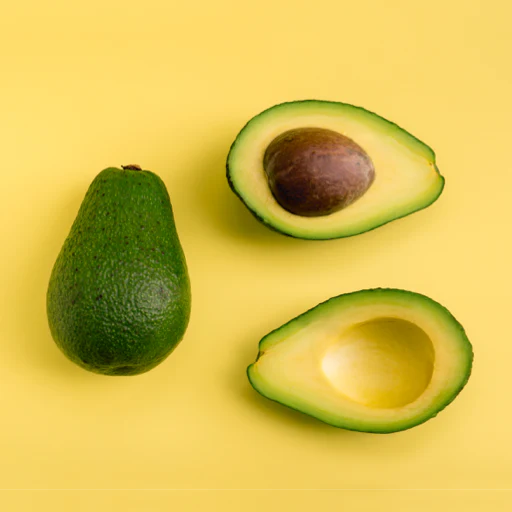
Creamy Texture: Avocado is renowned for its smooth, rich consistency, making it an excellent substitute for tahini in recipes that require a creamy base. Its natural creaminess allows it to blend seamlessly into spreads, dips, and dressings.
Flavor: While avocado’s flavor differs from tahini, it is complementary in many dishes. Its mild, buttery taste works well in recipes where a creamy texture is desired without overwhelming other flavors.
Usage: Avocado is ideal for making spreads, dips, and dressings. Whether mashed or blended, it can be used in various ways to add creaminess to both savory and sweet dishes, offering a nutritious and flavorful alternative to tahini.
Nutritional Profile: Avocados are rich in healthy fats, particularly monounsaturated fats, which benefit heart health. They also provide a wealth of vitamins, including vitamins K, E, and C, and fiber, making them a nutrient-dense choice for any diet.
Conclusion
We’ve explored 15 excellent substitutes for tahini, each offering unique flavors and textures to enhance your cooking.
Whether you’re looking for a nutty spread, a creamy base for sauces, or a tangy twist in your dressings, these alternatives provide versatile options for various dishes.
Understanding these substitutes broadens your culinary choices and ensures you can continue cooking even when tahini isn’t available.
Try experimenting with these substitutes in your next recipe and discover how they can elevate your meals.

